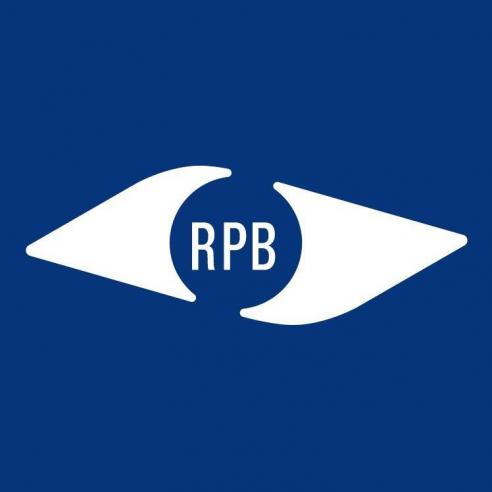Research to Prevent Blindness and Alcon Award Glaucoma Grant

Dr. Alex Huang of the University of California San Diego School of Medicine will study glaucoma filtration surgeries with the aim of improving surgical success for lowering eye pressure and providing neuroprotection.
Researchers Build An “Aging Clock” To Help Treat Eye Disease

The new way to measure ocular aging opens treatment avenues for numerous eye diseases.
Research to Prevent Blindness and the American Academy of Ophthalmology Award Big Data Research Grants for Improved Patient Care
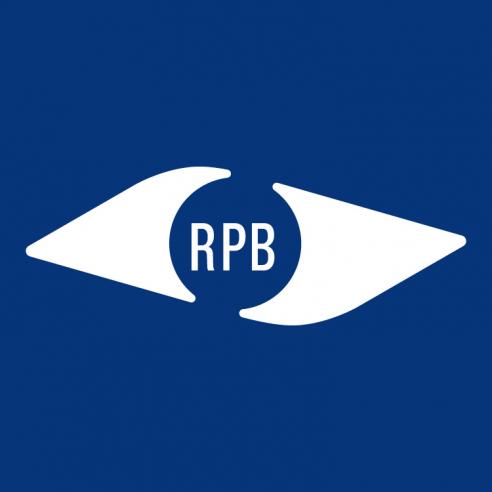
The American Academy of Ophthalmology (AAO) and Research to Prevent Blindness (RPB) today announced the 2023 recipients of the RPB/AAO Award for IRIS Registry Research.
In Memoriam: Herbert J. Siegel
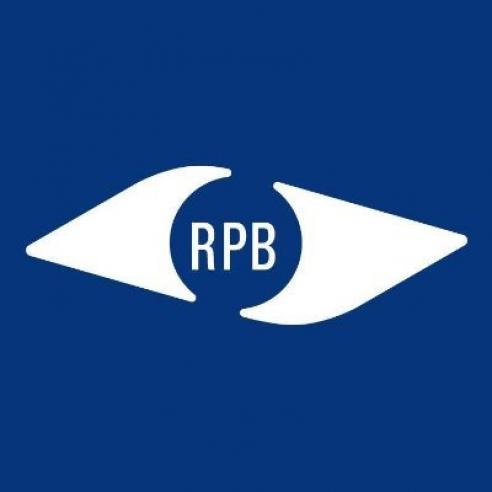
RPB acknowledges the passing of a dedicated former Board member.
Research to Prevent Blindness and Association of University Professors of Ophthalmology Announce 2024 Recipient of RPB David F. Weeks Award for Outstanding Vision Research
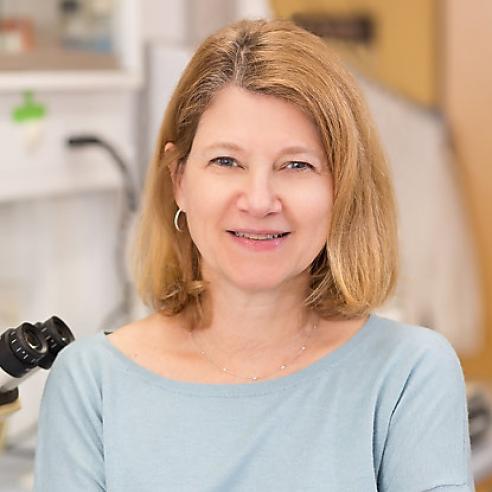
Patricia Ann D’Amore, PhD, MBA, is recognized for ground-breaking contributions to the field of vision research.
RPB-Supported Researcher Makes Progress on Diabetic Retinopathy Treatment

Dr. Akrit Sodhi at Johns Hopkins Medicine has published a new study showing promise for an experimental treatment to prevent or slow vision loss in people with diabetes.
Research to Prevent Blindness Announces New Sight-Saving Vision Research Grants
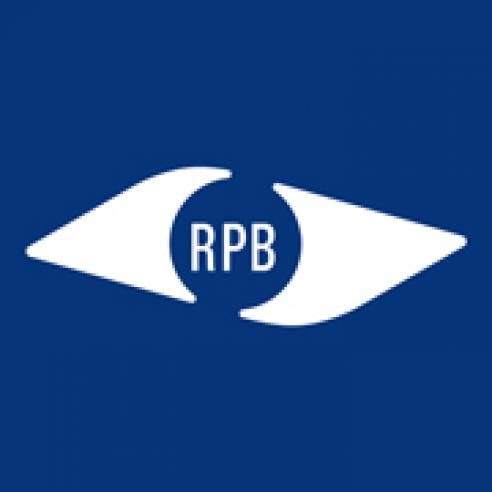
RPB launches awards in data science and Diabetic Eye Disease.
Vision Research Funding Partnership Event Takes Place Today
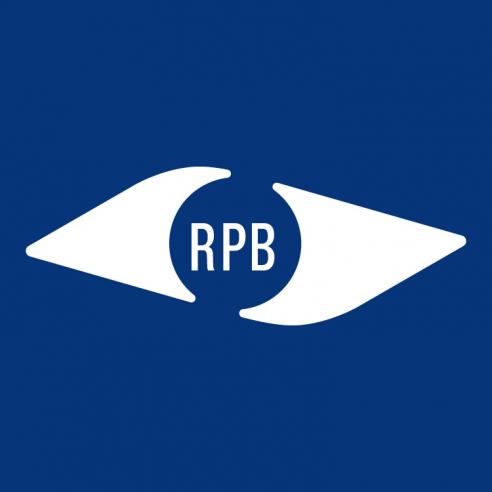
Leaders of organizations that fund vision research convene in Washington DC to increase collaboration and maximize the impact of research funding for sight-threatening diseases.
Understanding Corneal Injuries in Dry Eyes

An RPB grantee makes a key discovery involving genes that are essential for eye health.
Research to Prevent Blindness Marks $400 Million in Funding to Advance Eye Disease Research
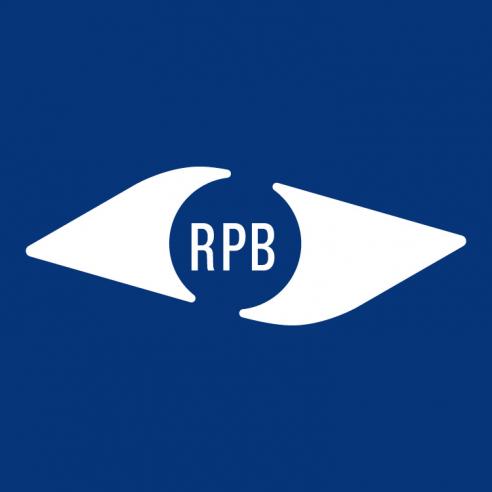
RPB funds a new round of researchers and hits a milestone in supporting vision-related breakthroughs.
RPB Supporters Save Sight on Giving Tuesday

We welcome your generosity to help us meet our goal!
An RPB Awardee Tackles Inherited Retinal Diseases
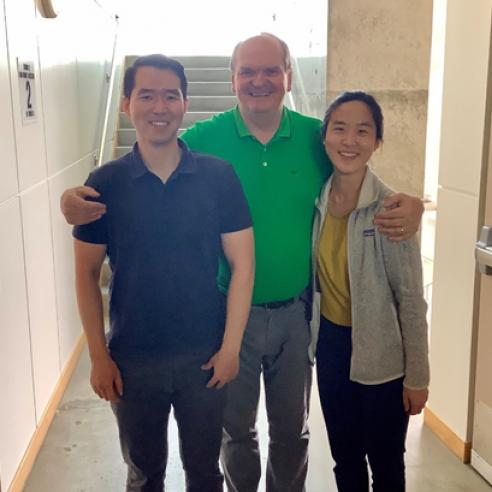
Dr. Krzysztof Palczewski develops and applies cutting-edge gene editing techniques to challenging genetic conditions.
RPB and Association of University Professors of Ophthalmology Announce 2023 Recipient of RPB David F. Weeks Award for Outstanding Vision Research

David J. Calkins, PhD, is recognized for ground-breaking contributions to the field of vision research.
Research to Prevent Blindness and the American Academy of Ophthalmology Award New Research Grants to Improve Eye Care
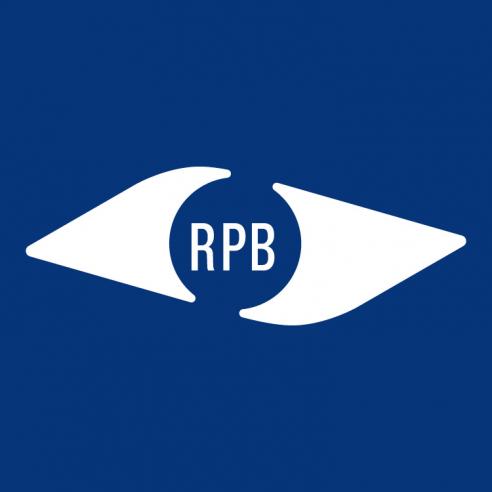
Award recipients to use the American Academy of Ophthalmology IRIS® Registry (Intelligent Research in Sight) clinical database to improve care for all patients.
Grant from Research to Prevent Blindness and Castle Biosciences Supports Medical Student Research in Ocular Cancer
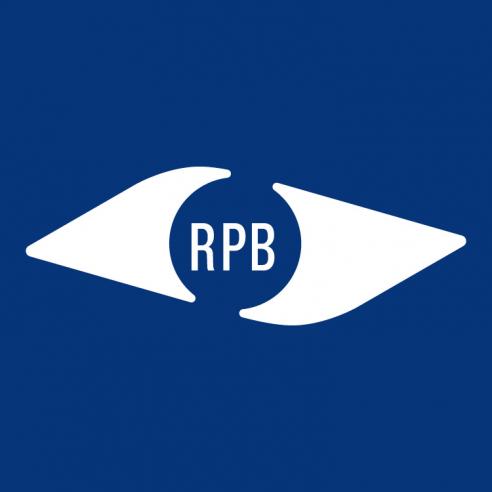
Research to Prevent Blindness and Castle Biosciences are partnering to provide new opportunities for medical students to pursue ocular cancer research.
New Glaucoma Research Grant Available
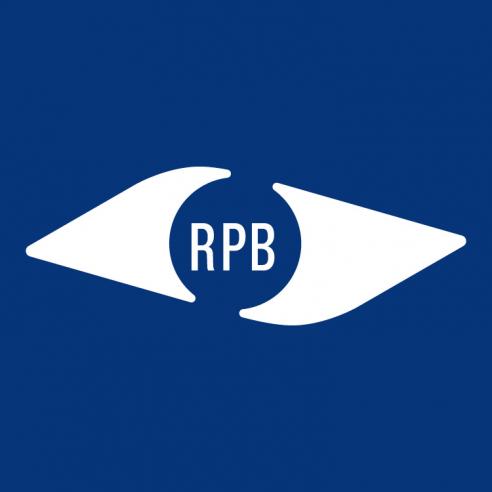
Research to Prevent Blindness and Aerie Pharmaceuticals are partnering to provide grant opportunities to support novel research in glaucoma.
New Vision Science Research Grant for Students of Osteopathic Medicine
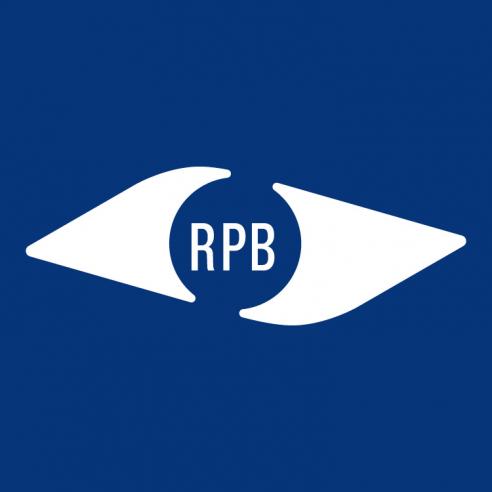
RPB and the AOCOO-HNS Foundation are launching a multi-year partnership to provide funding to increase research opportunities in vision science for students of osteopathic medicine.
RPB Funding Helps Researchers Revive Light-Sensing Cells in Organ Donor Eyes

This ground-breaking research accomplishment will open new doors for research on neurodegenerative diseases like AMD.
Research to Prevent Blindness Opens Applications for up to $4.7 Million in Vision Research Grants
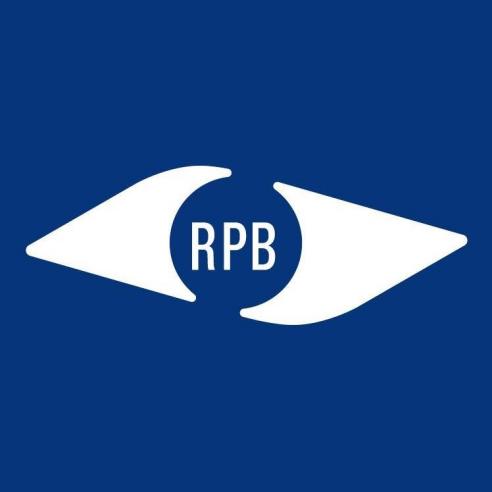
The awards offered cover a wide variety of topics in vision science, including glaucoma, age-related macular degeneration, ocular cancer, amblyopia, low vision, and many more.
Recording available: RPB webinar on Dry AMD and Geographic Atrophy

RPB grantees provide expert insight on geographic atrophy and dry AMD as part of the "Lunch & Learn" series.
David Weeks Tribute Video

The AUPO created a video tribute to RPB's Chairman Emeritus.
Join Us for AMD Awareness Month

Join RPB and Apellis Pharmaceuticals for a virtual event on Feb. 25 to learn about cutting-edge research into geographic atrophy and dry AMD.
Dry AMD Virtual Event

RPB grantees provide expert advice on dry AMD as part of the "Lunch & Learn" series.
In Memoriam: David F. Weeks
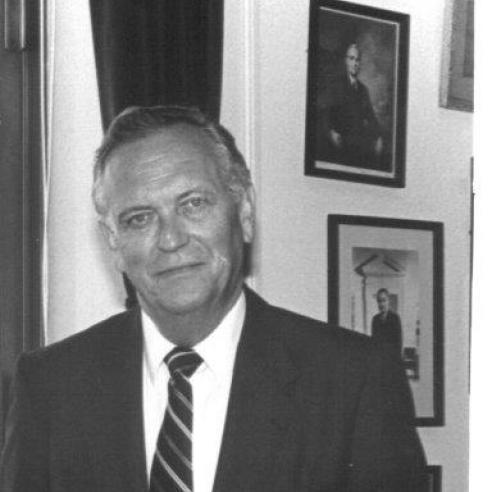
The RPB Chairman Emeritus made an incredible impact on the vision research field, from his efforts to initiate support for the creation of the National Eye Institute to his decades-long leadership of RPB.
Research to Prevent Blindness and American Academy of Ophthalmology Award Grants for Big Data Research to Improve Patient Care
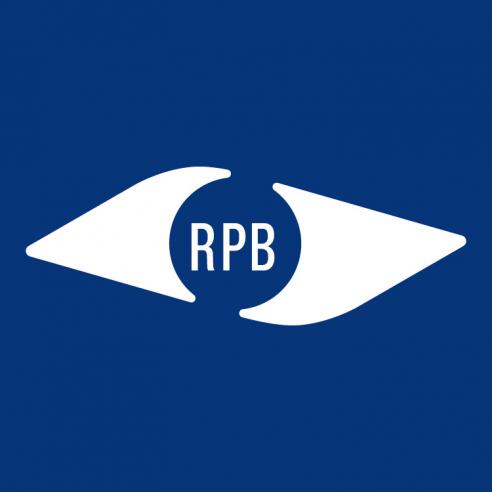
Award recipients to use IRIS Registry database to improve diagnosis and treatment of eye disease
Research to Prevent Blindness and Association of University Professors of Ophthalmology Announce 2022 Recipient of RPB David F. Weeks Award for Outstanding Vision Research
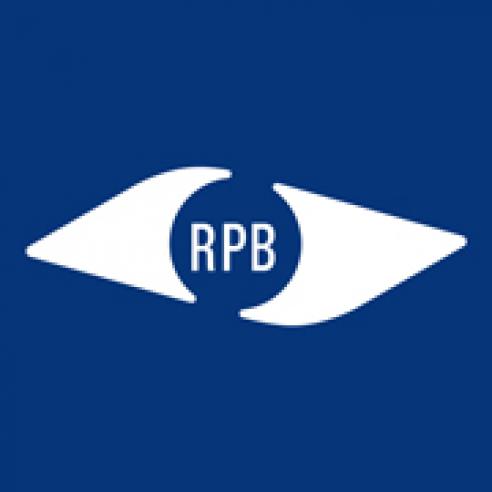
Donald Zack, MD, PhD, is recognized for ground-breaking contributions to the field of vision research.
In Memoriam: William J. vanden Heuvel
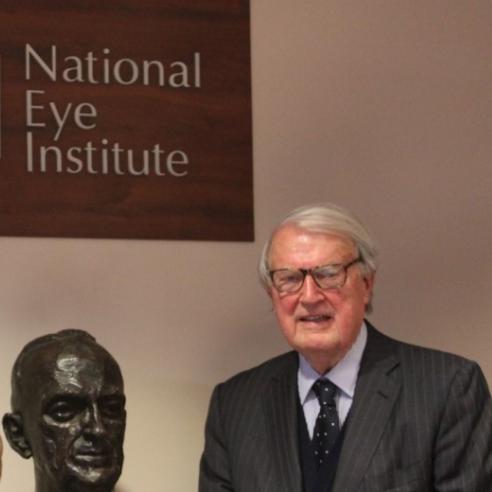
The RPB Board Member, who was a U.S. Ambassador, lawyer, and champion of human rights, worked tirelessly for causes he believed in.
RPB HOSTS VIRTUAL EVENT ON LOW VISION
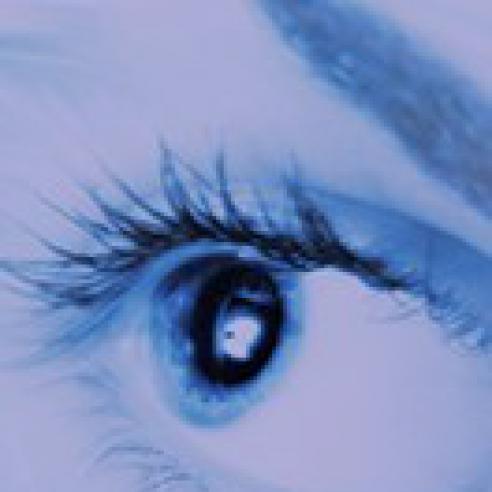
The online event featured RPB grantees and is now available to view on demand.
Research to Prevent Blindness and The Glaucoma Foundation Offer Critical Funding for Early-Career Vision Scientists
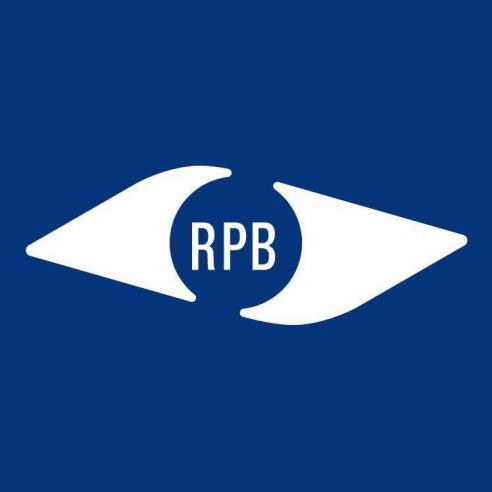
The Career Advancement Awards—one focused specifically on glaucoma research—support novel science related to eye diseases by up-and-coming researchers.
RPB Hosts Virtual Event On Diabetic Retinopathy
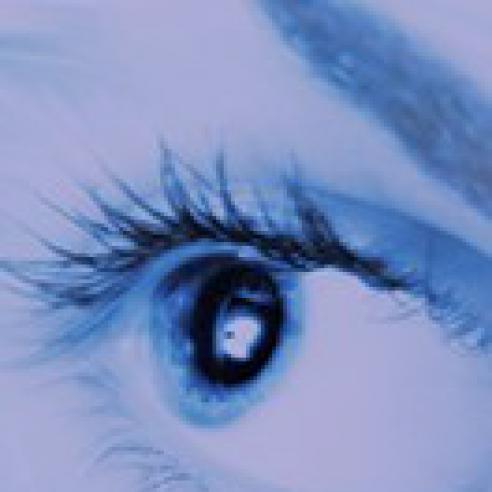
RPB grantees provide expert advice on DR as part of the "Lunch & Learn" series.
New Fellowships Support Under-Represented Minorities in Glaucoma Research
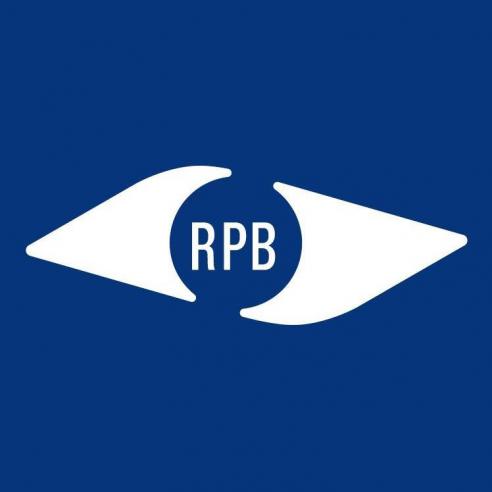
The Glaucoma Foundation and Research to Prevent Blindness have partnered to provide five fellowships in 2021 to increase innovation and diversity in glaucoma research.
RPB Hosts Virtual AMD Event
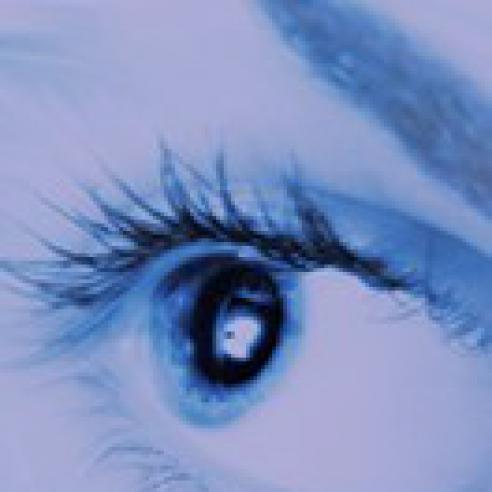
RPB grantees provide expert advice on AMD as part of the "Lunch & Learn" series.
RPB Hosts Virtual Glaucoma Event

RPB grantees provide expert advice on glaucoma in the first event of the "Lunch & Learn" series.
RPB and Partners Launch the scEYEnce Campaign

This new media campaign shines a spotlight on the powerful benefits of vision research.
RPB and Association of University Professors of Ophthalmology Announce 2021 Recipient of RPB David F. Weeks Award for Outstanding Vision Research

David Williams, PhD, is recognized for ground-breaking contributions to the field of vision research.
Former RPB Grantee Dr. Michael Chiang Named Director of National Eye Institute

Dr. Chiang is a respected scientist, clinician and leader in vision research.
Research to Prevent Blindness Expands Career Development Award

RPB is increasing both the amount of funding and the number of awards funded through its flagship grant in order to better support early-career vision scientists.
Research to Prevent Blindness and Allergan Foundation Announce New Partnership to Support Early-Career Vision Researchers

The organizations announce new grants to increase funding for innovative research from early-career vision scientists.
Research to Prevent Blindness Celebrates 60th Anniversary

For the past 60 years, RPB has funded groundbreaking research to prevent, treat and cure all conditions that damage or destroy sight.
National Eye Institute Recognizes RPB's 60th Anniversary
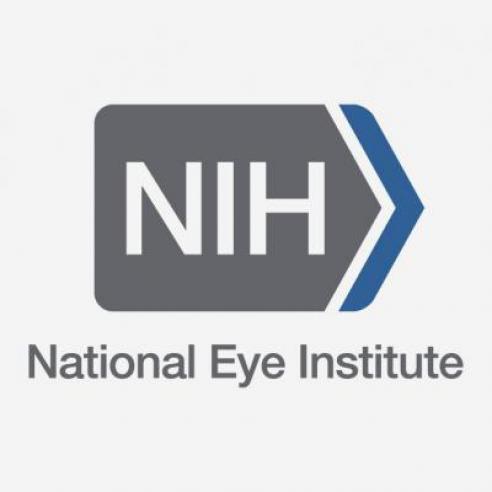
The NEI congratulates RPB on 60 years of accomplishments in a personal letter from the acting director.
In Their Own Words: Why the RPB Career Development Awards Matter

Thank you to our donors for supporting the RPB CDA and launching more than 200 research careers!
Research to Prevent Blindness Grantee Dr. Gregg Semenza Wins Nobel Prize in Medicine
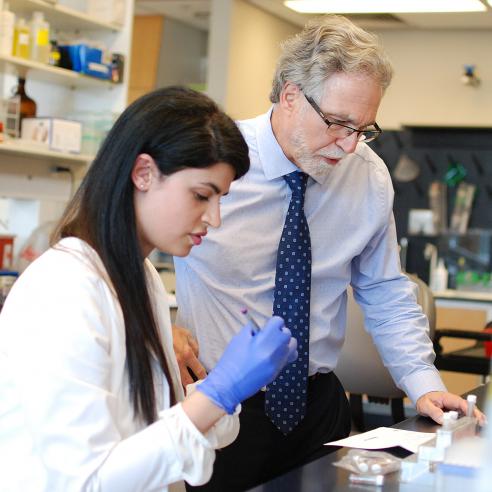
Dr. Semenza is being recognized for his discoveries related to how cells respond to low oxygen levels, which have implications for the treatment of cancer, eye diseases and more.
RPB and Partners Award $1.2 Million In Grants for Novel AMD Research
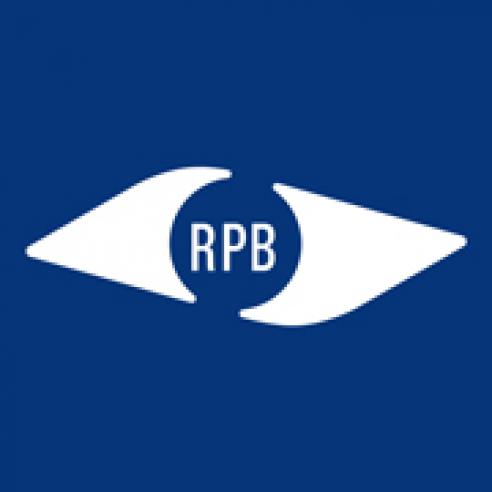
Four new grantees received the Catalyst Awards for Innovative Research Approaches for AMD.
The Career Development Award Turns 30: Celebrating a Generation of Support for Early-Career Scientists

CDA founded 30 years ago as one of the few private sources of funding aimed specifically at early-career vision researchers.
Could An Eye Exam Reveal Alzheimer’s Disease?
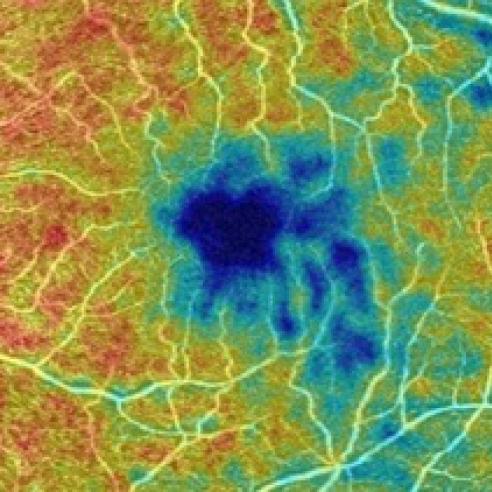
Study from RPB-supported researchers at Duke University suggests loss of blood vessels in retina reflect changes in brain health.
New Findings on Blood Vessel Regulation
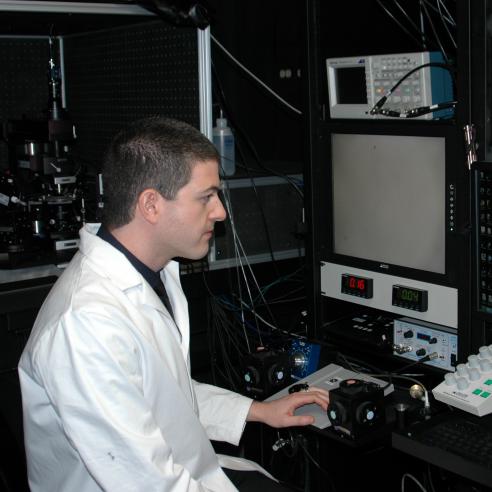
A study from an RPB-supported researcher at Northwestern University School of Medicine could speed up the diagnosis of retinal diseases.
RPB-SUPPORTED RESEARCHERS INTEGRAL TO NEI’S AUDACIOUS GOALS INITIATIVE
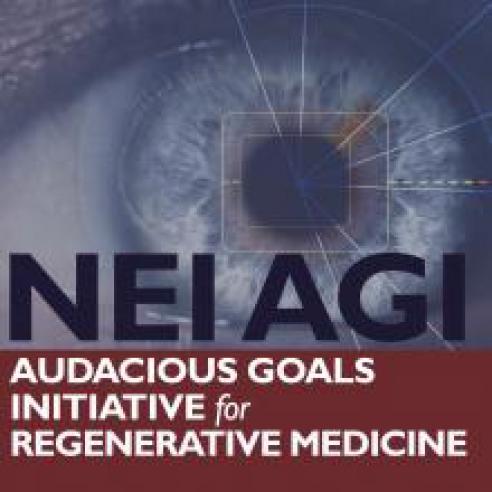
Vision scientists who have received RPB funding will help lead all five research teams, which will seek to accelerate development of regenerative treatments for blindness.
EMERGING VISION SCIENTISTS EDUCATE, THANK CONGRESS FOR RESEARCH APPROPRIATIONS
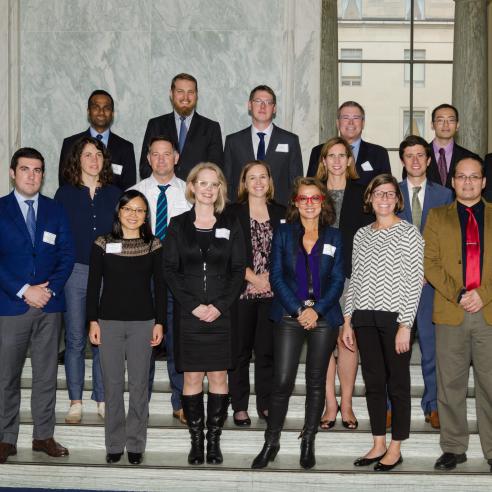
(NAEVR) held its Fourth Annual Emerging Vision Scientists (EVS) Day on Capitol Hill and twenty early-stage investigators participated.
RPB AND LCIF TO CONTINUE LOW VISION RESEARCH AWARD PARTNERSHIP
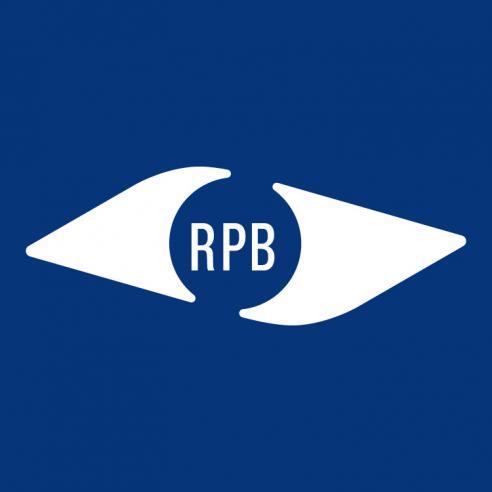
Research to Prevent Blindness (RPB) and Lions Clubs International Foundation (LCIF) announced today that they will continue their partnership in the RPB/LCIF Low Vision Research Award.
RPB researchers honored with 2018 António Champalimaud Vision Award
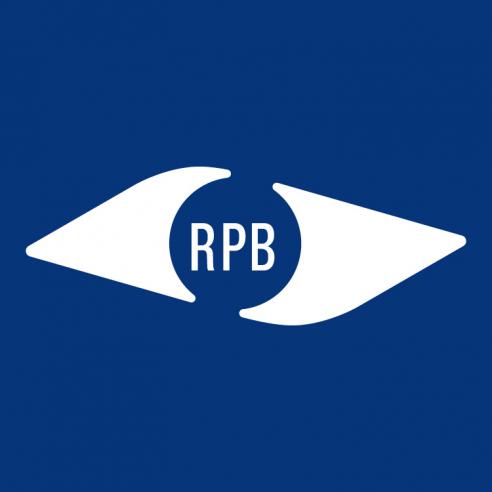
Four RPB-supported researchers and a Scientific Advisory Panel member have been honored with the prestigious 2018 António Champalimaud Vision Award for their groundbreaking research
IN THE FUTURE, ALZHEIMER’S MAY BE PREDICTED DURING EYE EXAMS
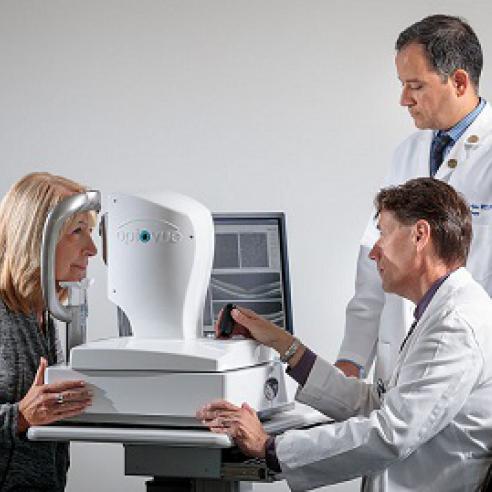
RPB-funded researchers at Washington University School of Medicine in St. Louis (WUSTL) have found a correlation in 30 older patients between retina thinning and elevated levels of tau and amyloid proteins that are the hallmark of Alzheimer’s disease.
RPB and AUPO Announce Recipient of RPB David F. Weeks Award for Outstanding AMD Research

RPB and AUPO announce the 2018 recipient of the award focused on age-related macular degeneration.
Groundbreaking Gene Therapy for Retinal Disease
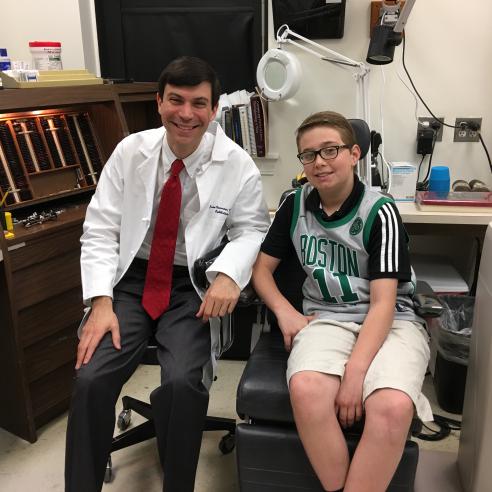
The first patient receives an FDA-approved gene therapy for inherited retinal disease at Mass. Eye and Ear.
RPB and AAO Award Grants for Big Data Research to Advance Patient Care
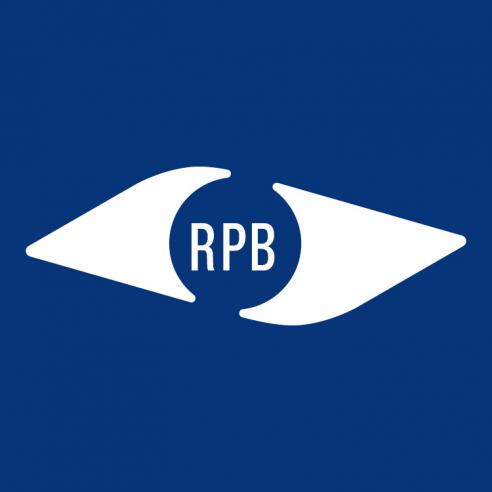
Award recipients to use IRIS Registry database to conduct population-based studies.
Research to Prevent Blindness Expands Grants Program
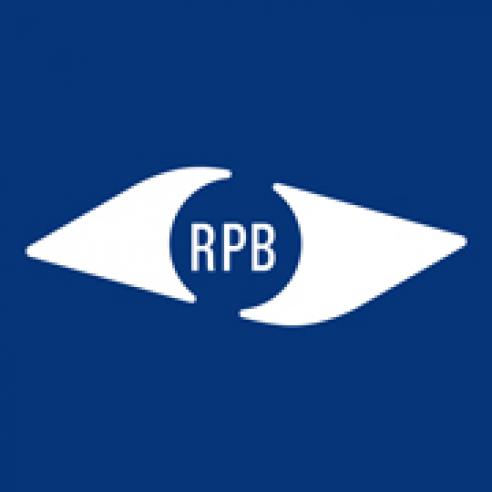
Many of the organization’s individual grants will now be open to researchers at any U.S. academic medical center.
Study Tests Stem Cell-based Therapy for Advanced Dry AMD
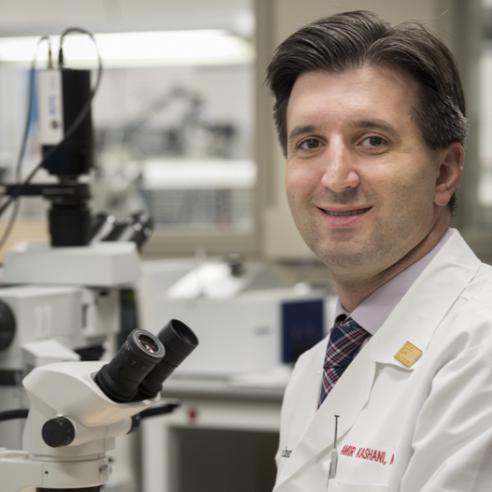
RPB-supported researchers at the University of Southern California Roski Eye Institute conducted the human trial.
Study Links Aging Immune Cells and AMD
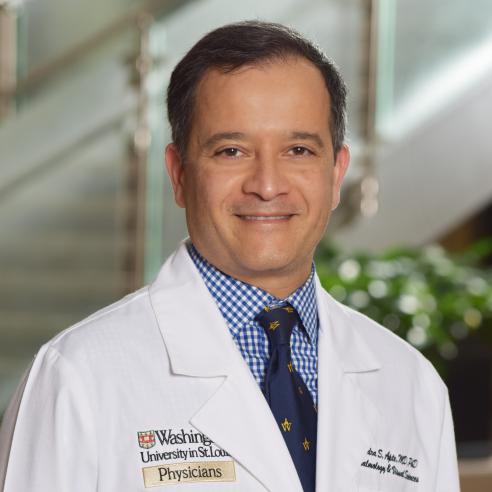
RPB-supported researchers at Washington University School of Medicine in St. Louis published the new findings.
The National Eye Institute Turns 50
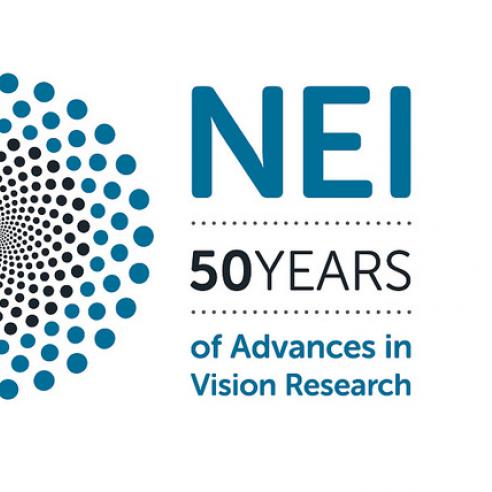
RPB celebrates five decades of sight-saving discoveries at NEI.
Vision Funders Collaborate for Impact
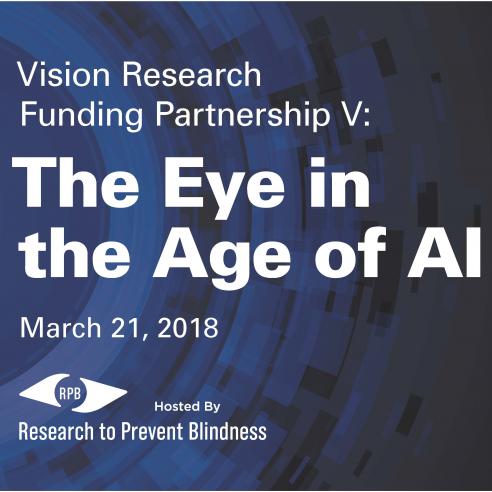
RPB hosted its fifth annual convening of organizations that fund vision research in Washington DC.
RPB and AAO Announce New Grant Opportunities to Support Vision Research
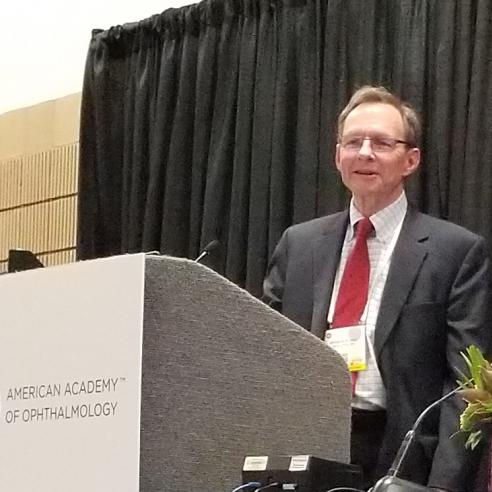
Partnership to utilize IRIS Registry database to advance patient care.
Reversing Retinal Degenerative Diseases: We’re One Step Closer
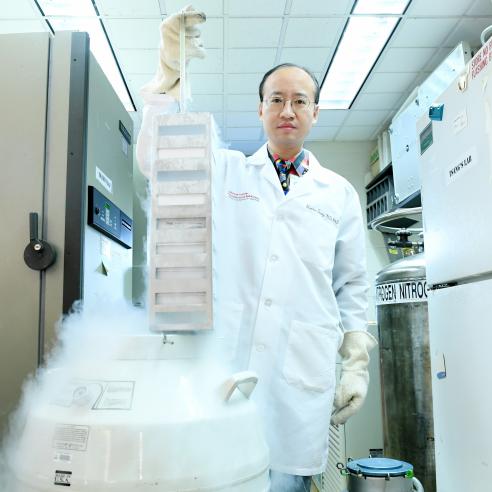
RPB-supported researchers made a critical discovery about the gene mutation that causes many retinal degenerative diseases, opening the door for a new line of research into potential treatments.
Understanding Usher Syndrome: New Findings
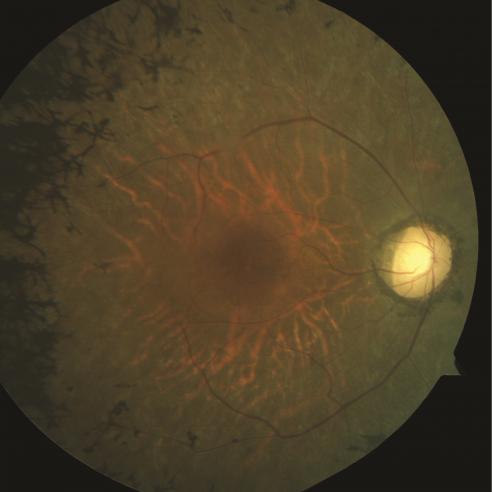
RPB-supported researchers make progress in characterizing the genetic components of Usher syndrome.
New Stem Cell Model Replicates Macular Degeneration
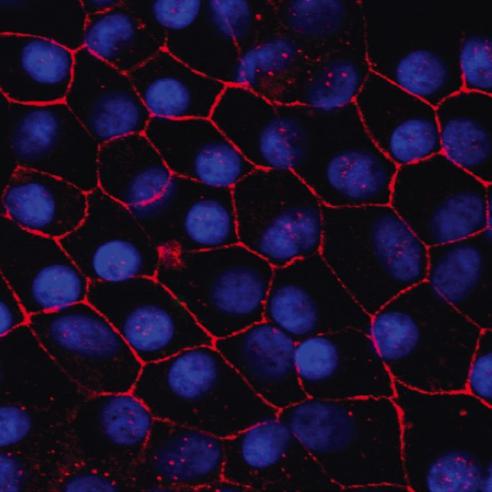
The model will allow researchers to better assess treatments for this hard-to-study cause of blindness.
Researchers ID Key Compounds Related to Blood Vessel Growth in Wet AMD
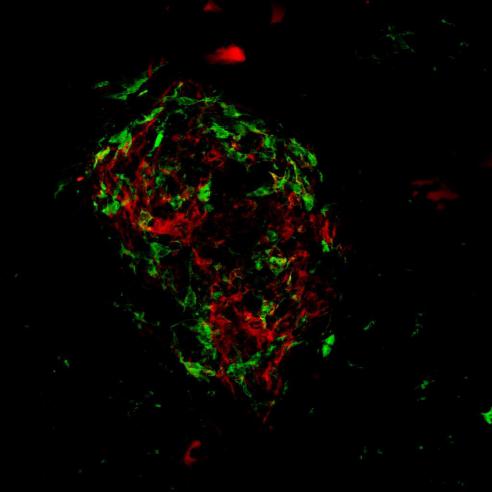
The findings may have significant therapeutic implications for AMD, the most common cause of elderly blindness in the developed world
RPB-supported Researchers ID Master Molecule behind Corneal Inflammation
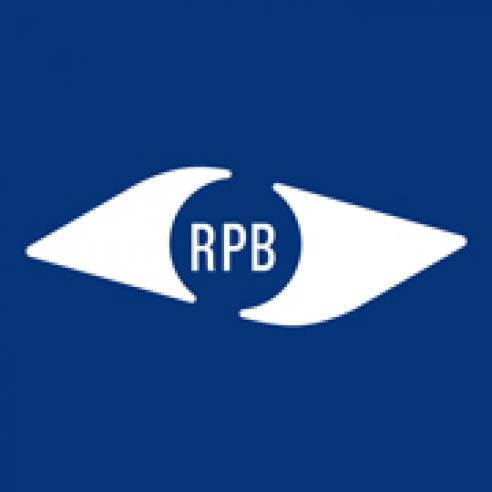
RPB-supported researchers at the University of Illinois at Chicago have identified an enzyme present in the cornea that triggers inflammation during and even after a herpes virus infection.
Electric Fields ‘Steer’ Neural Stem Cells
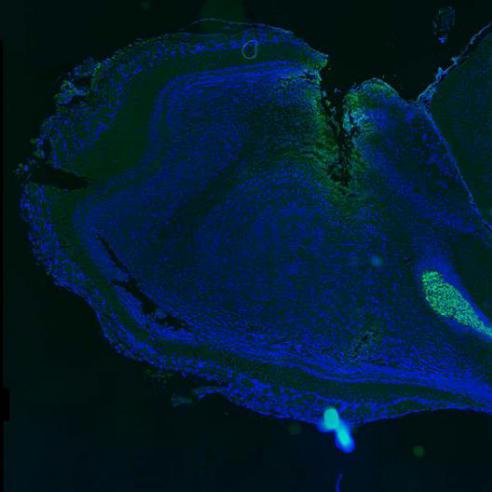
New RPB-supported research provides hope for transplants of neural stem cells as future treatment for brain injuries.
July is Dry Eye Awareness Month

Dry eye, a global problem affecting more than 30 million people in the U.S. alone, occurs when the eye does not produce tears properly or when the tears are not of the correct consistency and evaporate too quickly.
Researchers Identify Biomarker for Glaucoma Damage
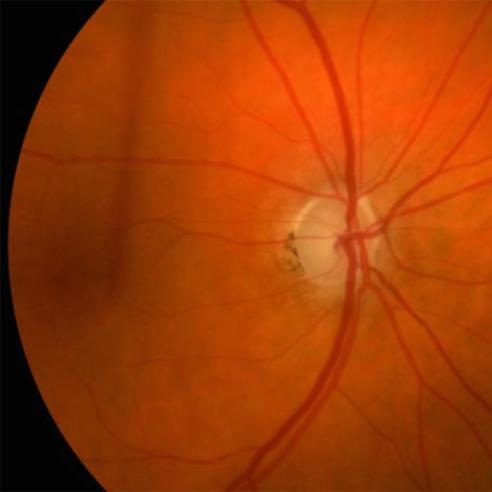
The RPB-supported researchers hope their finding will lead to tests to identify cell damage before irreversible vision loss.
Working Together to Fund Scientific Research for Eye Health
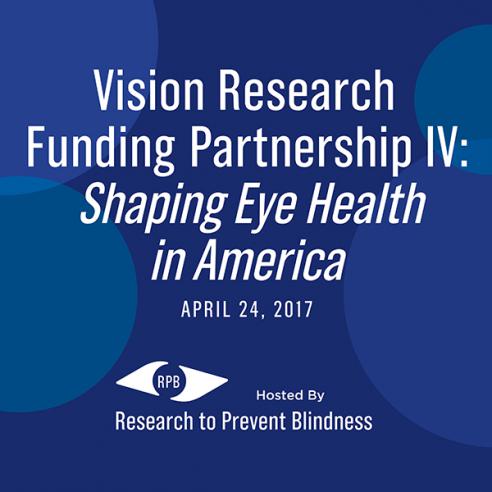
More than 30 private and public funders of vision research came together in Washington DC to discuss ways to maximize their support of scientific research in light of new recommendations and a changing environment.
Making the case that ‘Science Is For All’
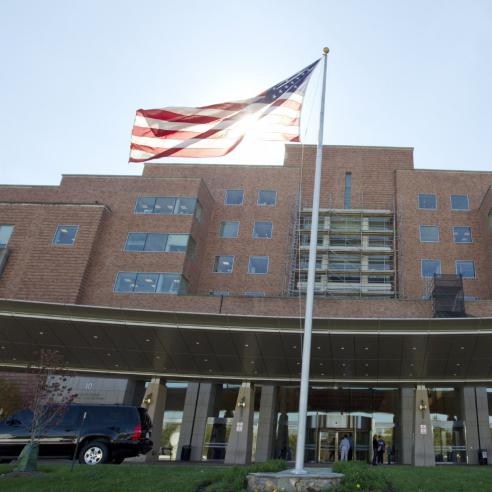
An RPB Trustee pens a powerful Op-Ed on the need to support scientific research through the National Institutes of Health.
RPB AWARDS $5.4 MILLION IN GRANTS
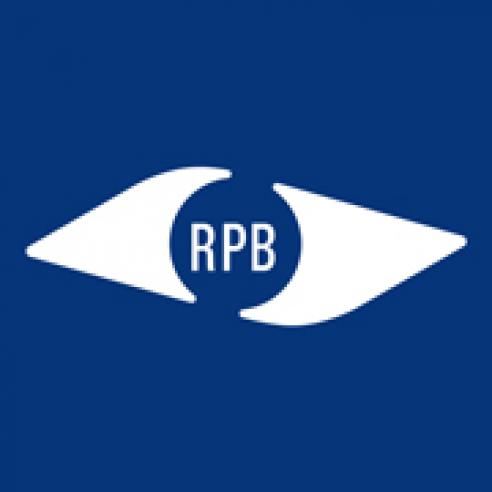
The latest grant cycle supports eye research related to a variety of diseases and conditions.
Natural Compound Reduces Signs of Aging, Including Eye Dryness

RPB-supported vision researchers at Washington University School of Medicine in St. Louis have contributed key data to a new study that identifies a natural compound that slows typical signs of aging in mice.
Emerging Vision Scientists Visit Capitol Hill
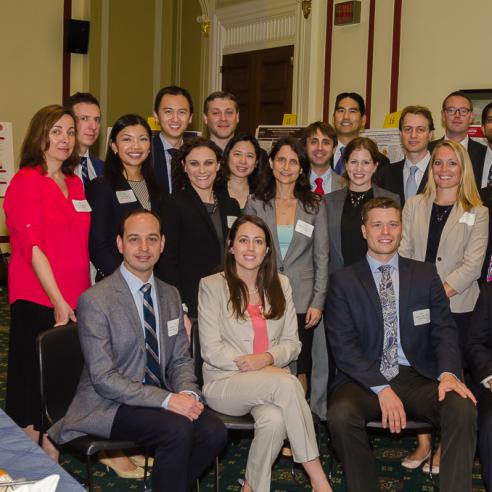
Twenty-two emerging vision scientists conducted Capitol Hill visits with NAEVR and RPB to champion federal funding for critical vision research.
Researchers Identify Treatment Target for Blinding Retinal Diseases
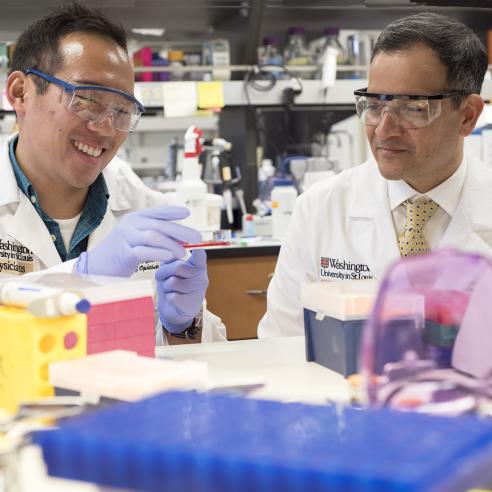
A common pathway involved in photoreceptor death has been identified in retinitis pigmentosa, advanced dry age-related macular degeneration and other retinal diseases, with early evidence of a possible halt to vision loss related to pathway treatment.
New Report Aims to Make Eye Health a Public Health Priority

The National Academies of Sciences, Engineering, and Medicine issues nine concrete recommendations for improving eye and vision health and increasing health equity.
Zika Virus Found in Tears
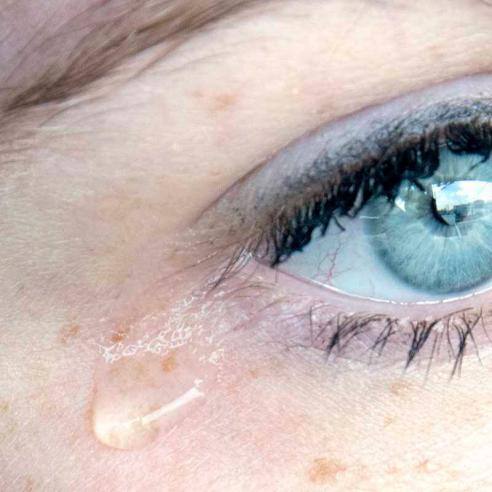
Researchers publish critical findings from Zika mouse model, raising the possibility of new avenues of transmission, as well as confirming the virus’ ability to induce cell death in eyes.
Public Attitudes About Eye and Vision Health
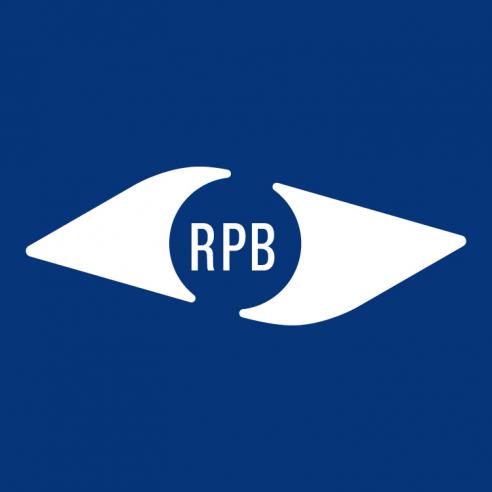
RPB Announces First Low Vision Research Awardees

Research initiative to address urgent needs in understanding and treating low vision.
RPB Awards $5.4 Million In Grants to Support Eye Research
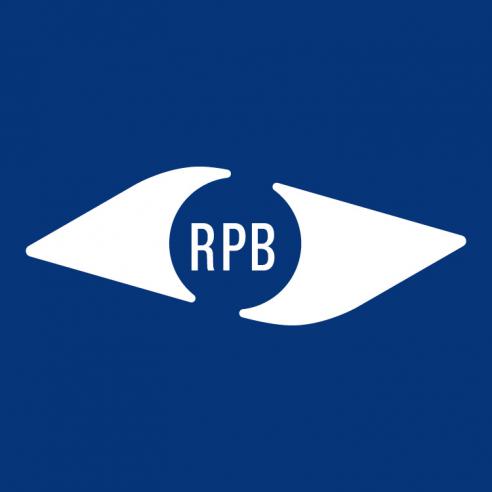
Total of 36 grants go to medical schools and individual scientists across the U.S.
Stem Cells Regenerate Human Lens After Cataract Surgery In Children
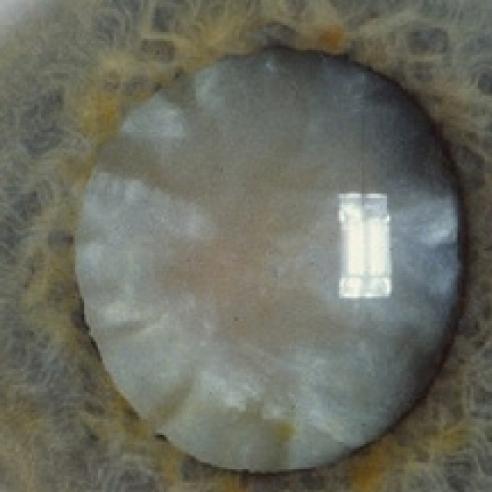
A new approach to removing congenital cataracts in infants allows remaining stem cells to regrow functional lenses.
U.S. Blindness and Visual Impairment Will Double by 2050
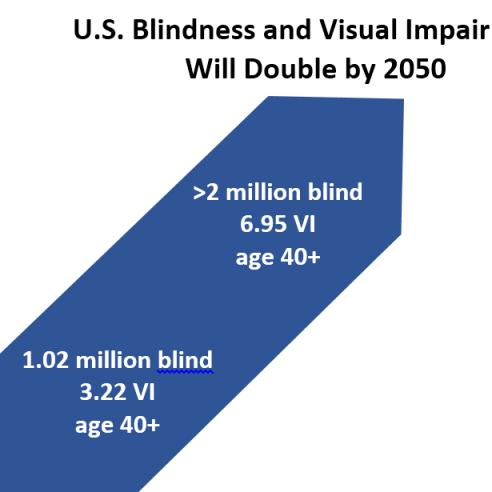
The number of people with visual impairment (VI) and blindness is increasing in the U.S. and around the world.
RPB Presents Scientists at the Frontiers of Retinal Research
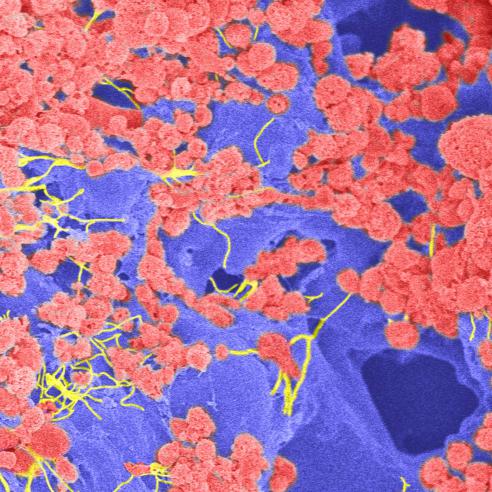
At the ARVO Inaugural Press Conference, three RPB-funded scientists pushing the boundaries of imaging, early detection, regeneration.
Possible Solution to Corneal Transplant Rejection
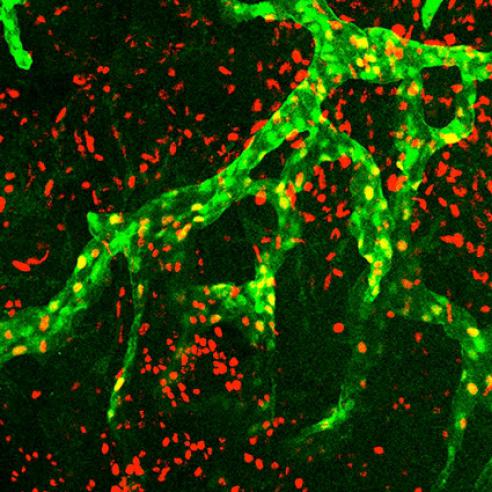
Study reveals a way to inhibit excessive growth of lymphatic vessels which contribute to organ transplant rejection, cancer metastasis, lymphatic obstruction, diabetes and hypertension.
The Future of Precision Medicine
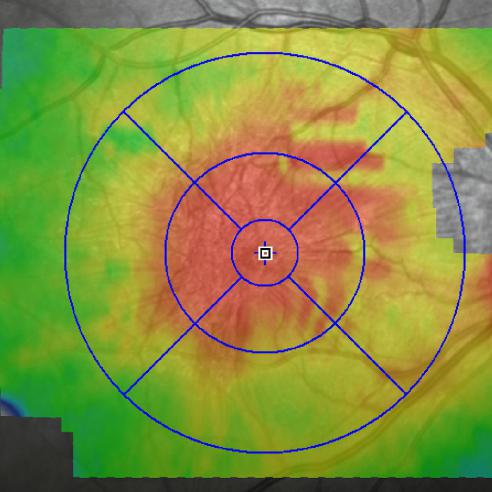
Protein analysis can make diagnoses more accurate and treatments better targeted to individual patients.
Functional Biomarker for Age-related Macular Degeneration Found
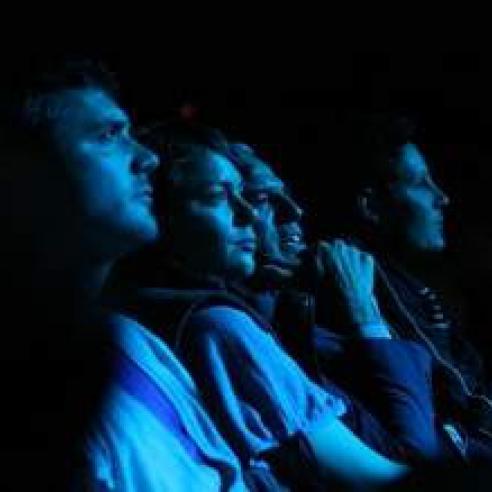
Adults whose eyes are slow to adjust to the dark have a greater risk of developing age-related macular degeneration.
Statins May Treat Dry AMD
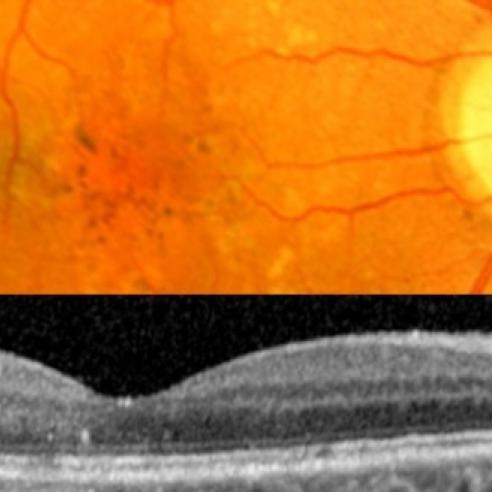
Some patients taking high doses of a cholesterol-lowering medication had complete resolution of lipid deposits in the dry form of age-related macular degeneration (AMD).
Edited Stem Cells Offer Hope for RP Therapy
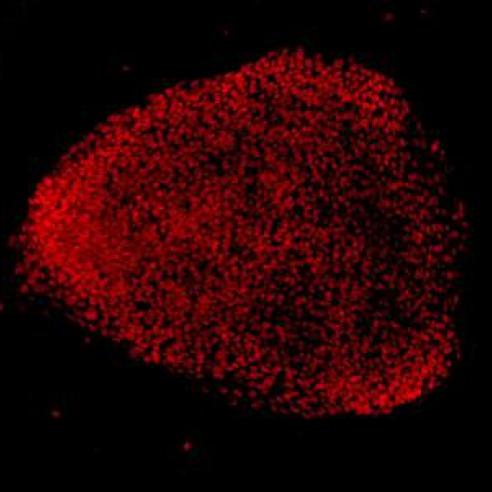
Findings raise the possibility of treating blinding eye diseases using a patient's own corrected cells as replacement tissue
Mapping the Circuits of the Retina
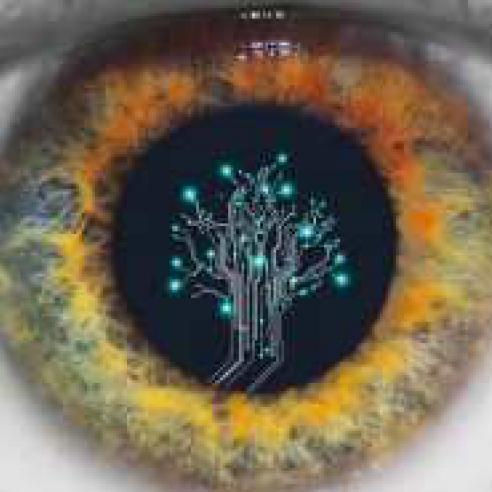
A finding that opens the door to improving retinal prosthetic devices, targeting treatments to restore damaged retinal circuits, and improving early detection of retinal diseases.
Alternative Treatment for Diabetic Retinopathy

RPB-supported commentary on approaches to using the anti-VEGF therapy.
RPB Receives Distinguished Service Award From AAO
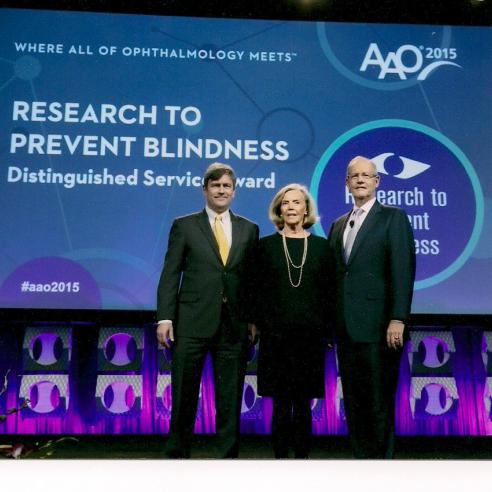
RPB is recognized for the leadership role it has played in many advances in the field of ophthalmology.
Parkinson Drug May Prevent and Delay AMD
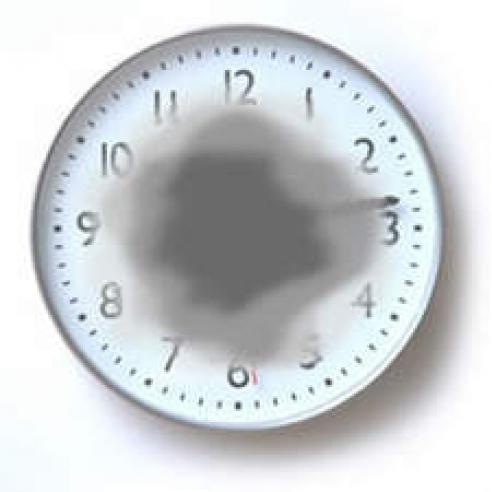
RPB-supported researchers have made a significant discovery that might lead to the delay or prevention of the most common cause of blindness in the elderly.
Eye Drops Could Clear Up Cataracts Using Newly Identified Chemical

RPB-supported researchers have partially reversed cataracts in dogs using eye drops and injections of a naturally occurring steroid in the human body.
3-D Map of the Brain Will Help Eye Researchers
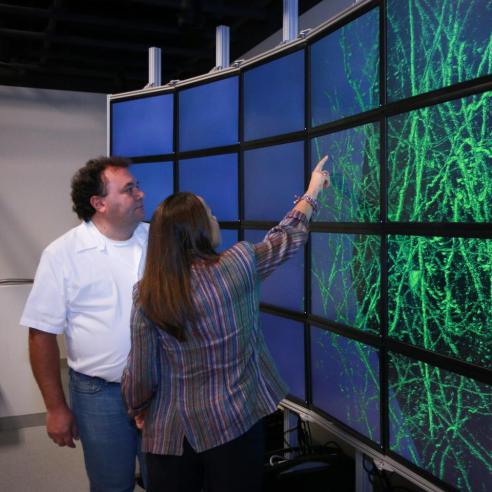
View can help researchers understand how the brain’s connectivity is disrupted in mental and neurological conditions such as schizophrenia, depression, anxiety, autism and in vision-related conditions.
New Gene Therapy for Vision Loss from a Mitochondrial Disease
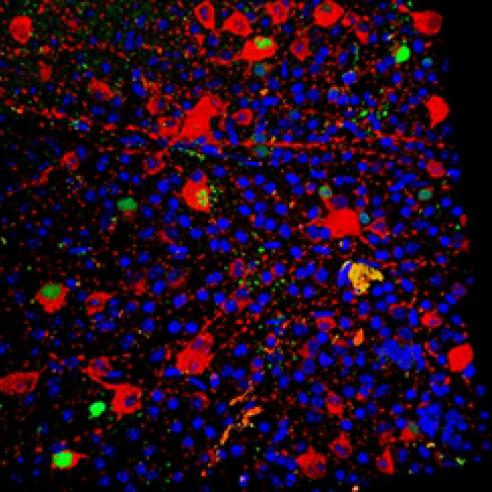
New method for delivering corrective genes to restore energy production in cells could have wide application.
New Eye Structures Discovered
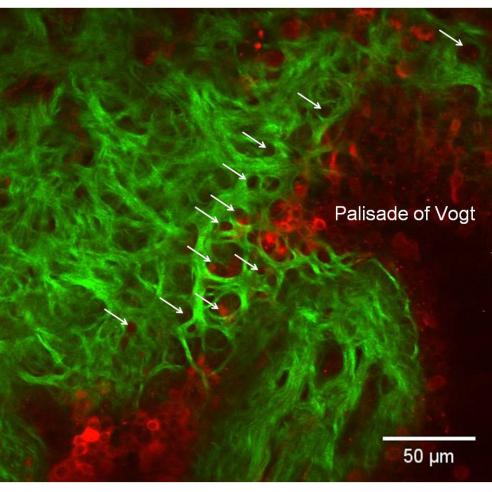
Novel structures found in the cornea of the human eye using second harmonic generation imaging microscopy.
Renewed Hope for Gene Therapy to Restore Vision

Findings indicate that retinitis pigmentosa is treatable even at advanced disease stages.
RPB Launches Low Vision Research Initiative

Partnerships with Reader’s Digest Partners for Sight Foundation and Lions Clubs International Foundation seek to generate solutions for neglected vision loss condition.
New RPB Core Vision Research Lab Opens at University of Florida
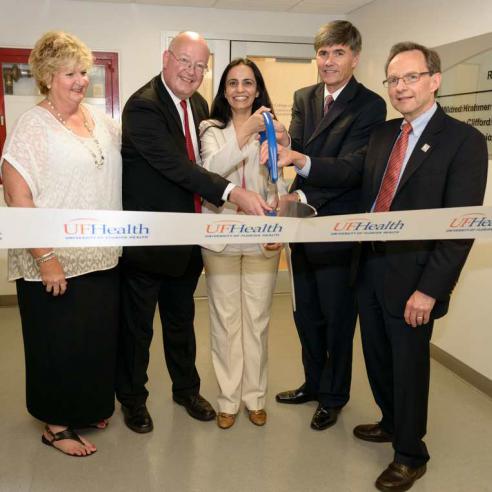
RPB Mildred Krahmer Sanders and William Clifford Sanders Laboratory for Vision Research will be core facility for collaboration.
RPB AWARDS $4.8 MILLION TO SUPPORT EYE RESEARCH
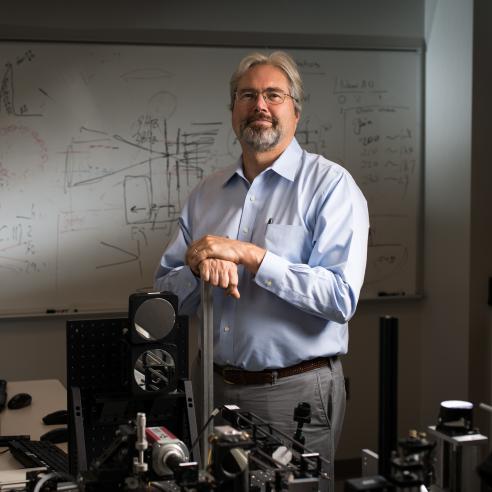
Preserving Photoreceptors Following Retinal Injury
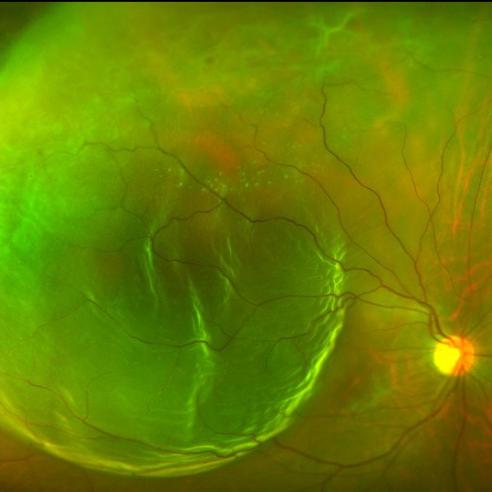
RPB-supported vision researchers have identified targets for treatments that would prevent vision loss in patients following retinal detachment.
Discovery Opens Door to New Way to Prevent Diabetes-Associated Blindness
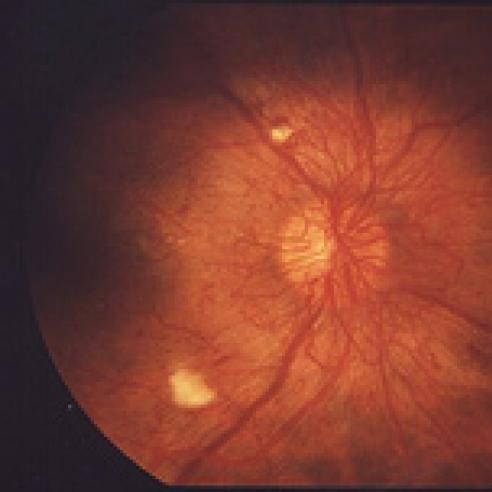
Using lab-grown human cells, RPB-supported researchers at The Johns Hopkins University indicate that blocking a second blood vessel growth protein, along with one that is already well-known, could offer a new way to...
A Stem Cell for Every Occasion

The idea that stem cells – the precursors of all body tissues – could be turned into organ replacements for diseased body parts has tantalized physicians and patients for decades...
RPB Convenes Eye Research Funders
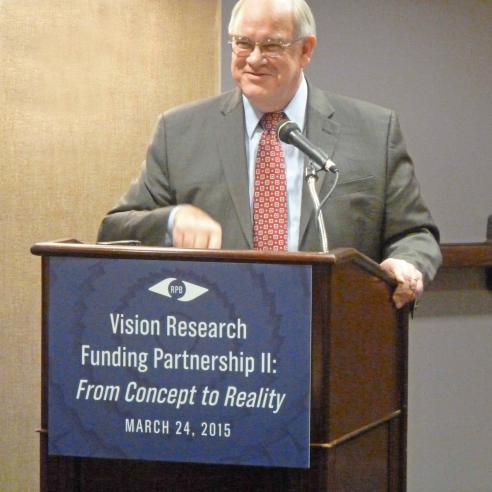
March 24, 2015, Washington, DC -- Top execs from major eye research funding organizations convened in Washington, DC for a second time to advance an agenda for collaborative action in addressing key issues facing...
RPB Joins Other Supporters In Call to Action for Major Institute of Medicine Study On National Vision Health
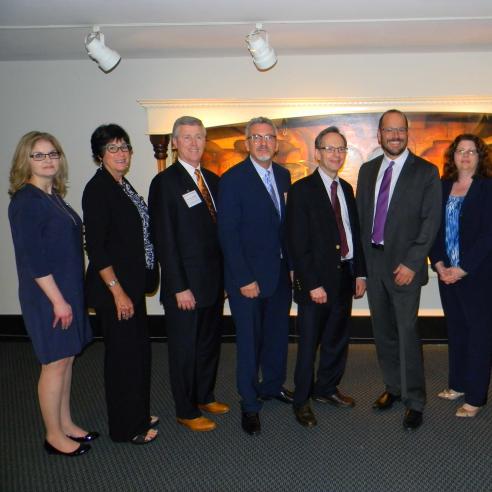
On May 19, Research to Prevent Blindness was present in Washington, DC, along with other organizations supporting the major Institute of Medicine study "Public Health Approaches to Reduce Vision Impairment and...
Stem Cells from Wisdom Teeth Can Be Transformed into Corneal Cells
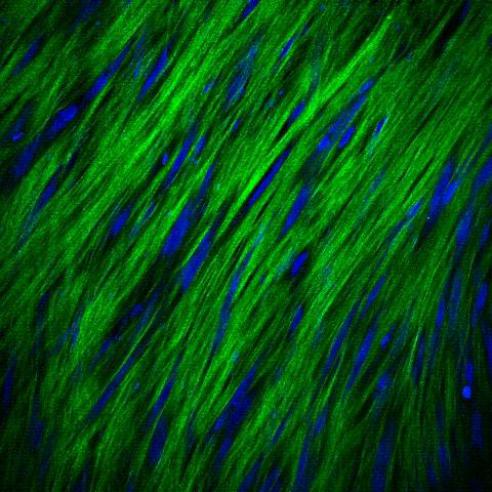
Human corneal tissue is highly organized in a structure which contributes to its transparency. Corneal scarring caused by injury, infections or genetic diseases, can create permanent vision loss. ...
AMD Drug Can Prevent Diabetic Vision Loss

RPB-supported researchers at the University of Southern California (USC) report that ranibizumab (sold as Lucentis) can help Hispanic and non-Hispanic whites with diabetic macular edema (DME) in the United States...
Research to Prevent Blindness Co-Sponsors Institute of Medicine Vision Health Report
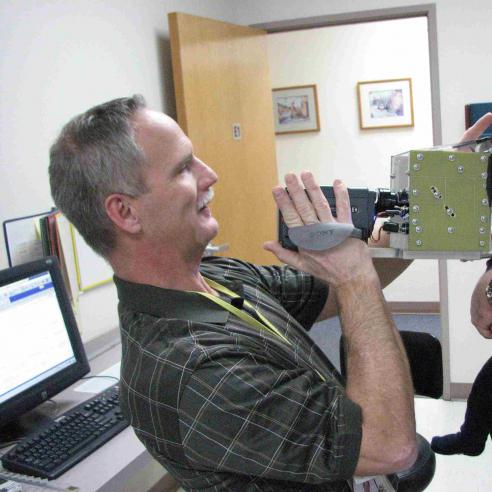
Entitled "Public Health Approaches to Reduce Vision Impairment and Promote Eye Health," the report, to be released in 2016, will examine core principles and public health strategies to reduce visual...
RPB Announces Stein Innovation Awards

Research to Prevent Blindness (RPB) is rolling out a new category of grants designed to foster collaboration between scientists working within departments of ophthalmology and those in complementary...
RPB/IRFF Announce Catalyst Awards for AMD Stem Cell Research
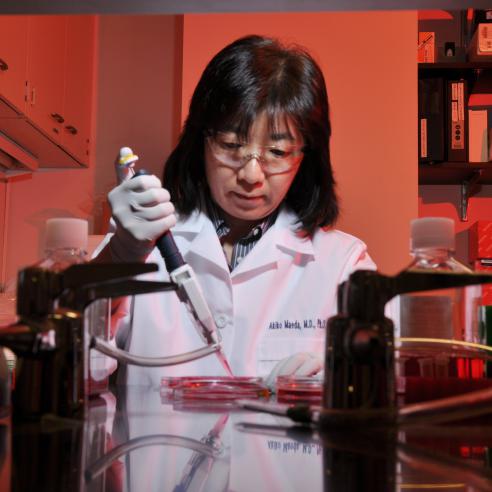
Research to Prevent Blindness (RPB) is partnering with the International Retinal Research Foundation (IRRF) to advance knowledge about age-related macular degeneration (AMD) through novel stem cell research. ...
RPB Provides $10.7 Million in Grants
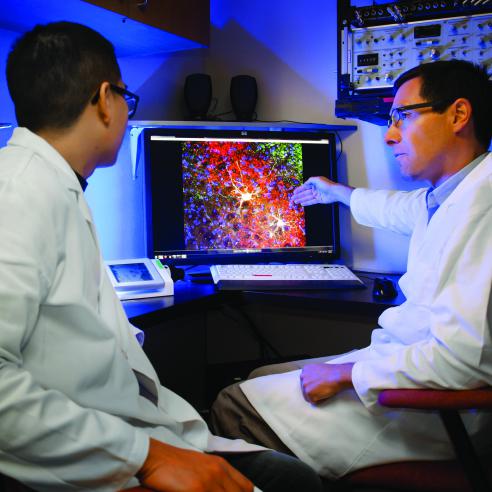
New York, NY, December, 2014 -- With the approval of 33 new grants to individual scientists and 24 grants to departments of ophthalmology, Research to Prevent Blindness (RPB), the leading foundation supporting eye...
Macular Degeneration Might Be Treatable With Existing HIV Drugs
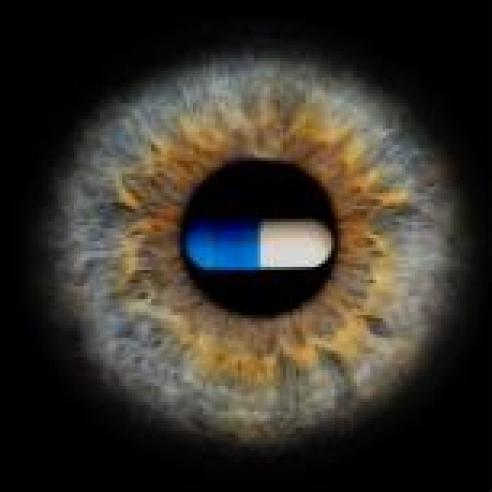
HIV/AIDS drugs that have been used for the last 30 years could be used to treat age-related macular degeneration (AMD), according to a study partially supported by unrestricted funds from RPB. The researchers...
Man Sees Again After 33 Years
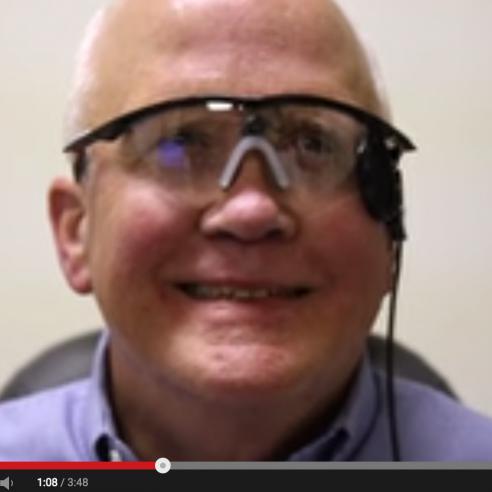
Larry Hester, 66, has been blind for half his life from retinitis pigmentosa. In September, 2014, an electronic stimulator called the Argus 2 (developed, in part, with RPB support) was surgically implanted in his...
RPB Convenes Vision Research Funders to Explore Potential for Collaborative Initiatives
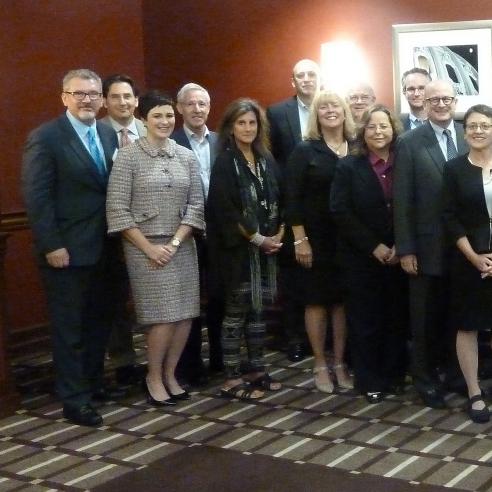
Click here for photo identification. Photo ID includes links to all attendees' web sites.Research to Prevent Blindness hosted a convening of nearly two dozen organizations committed to the advancement of eye...
New Poll Places Fear of Vision Loss at the Top of Americans’ Health Concerns
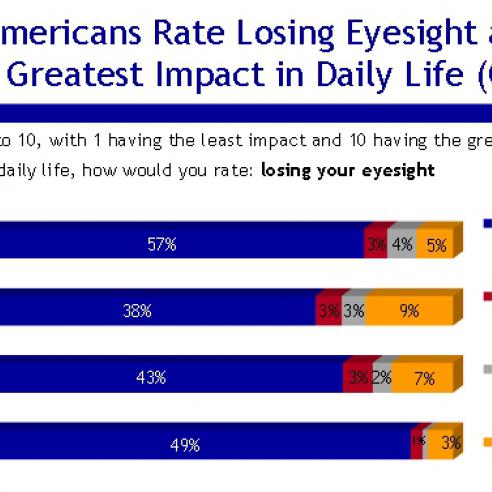
"We can now give hope to patients who previously had no hope. Although the federal investment in the NEI provides seed funding for potential breakthroughs, we need private philanthropy and industry to invest...
RPB helps create a $3.75 million endowed vision research chair at UAB
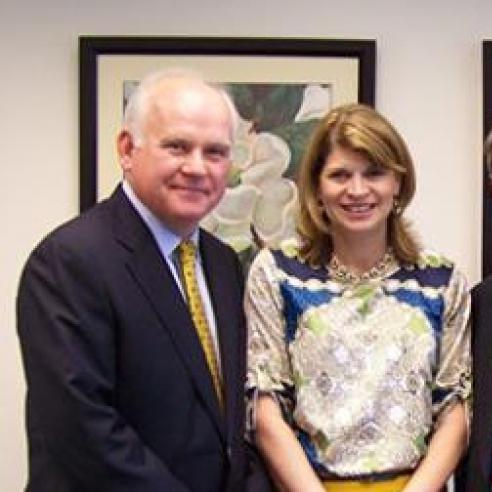
The endowment will enable the University of Alabama Birmingham department of ophthalmology to recruit a world-class scientist to join its existing roster of international experts in the study of blinding diseases...
Omega-3 Inhibits Blood Vessel Growth in a Model of AMD
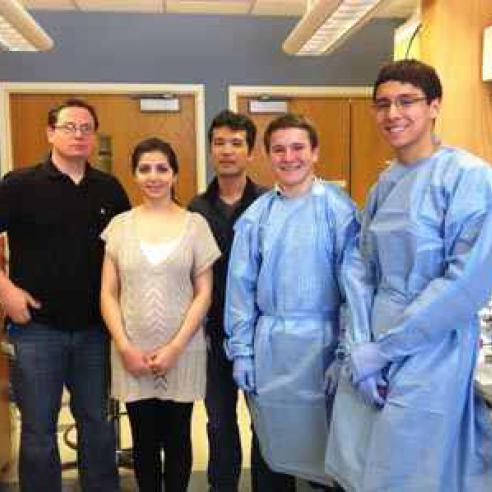
Age-related macular degeneration (AMD), which is characterized by choroidal neovascularization (CNV), or blood vessel growth, is the primary cause of blindness in elderly individuals of industrialized countries. The...
RPB Donates Bust of Dr. Jules Stein to The NEI
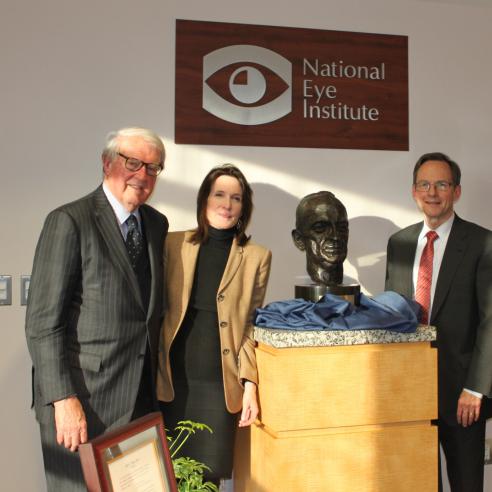
In January of 2014, National Eye Institute director Dr. Paul Sieving accepted a bust of Dr. Jules Stein on behalf of the NEI. The bust, created by renowned Cubist sculptor Jacques Lipchitz, was a gift from RPB. Dr....
Light-sensitive "eye-in-a-dish" created from stem cells
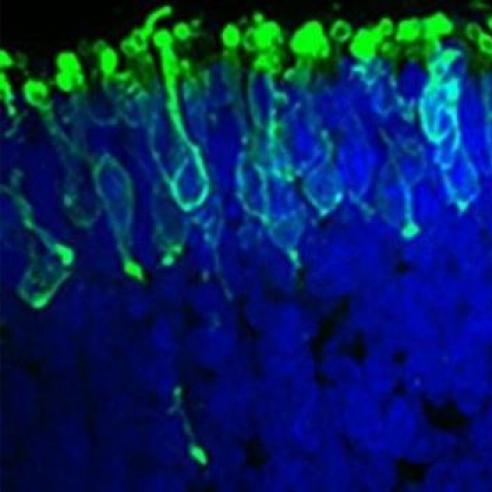
According to RPB Special Scholar Awardee Dr. Valeria Canto-Soler, Johns Hopkins University School of Medicine: "We have basically created a miniature human retina in a dish that not only has the architectural...
New research sheds light on how UV rays may contribute to cataract
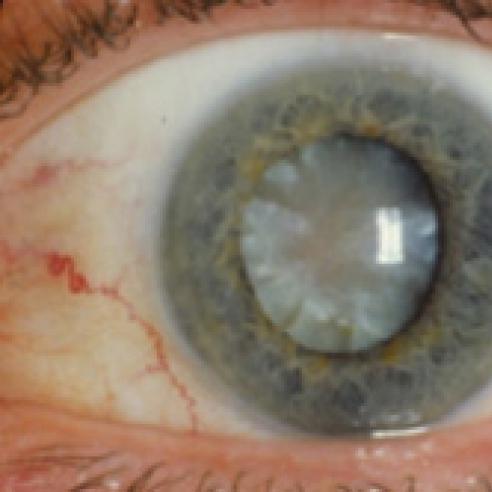
A new study offers an explanation for how years of chronic sunlight exposure can increase the risk of cataract, a clouding of the eye lens that typically occurs with aging. The study firms up a link between the...
Amblyopia Research Gets a Boost: RPB Matches a Special Donor’s Targeted Support

RPB is doubling its annual support of amblyopia research and honoring an esteemed donor, the late Diane Disney Miller. Amblyopia, commonly referred to as "lazy eye," is the major cause of monocular...
RPB Accelerates Retinitis Pigmentosa Research with Awards to Leading Scientists

RPB is providing $500,000 to accelerate the development of treatments for Retinitis Pigmentosa (RP) -- a family of retinal diseases that progressively create extreme tunnel vision, loss of night vision and leave...
Contacts better than permanent lenses for babies after cataract surgery
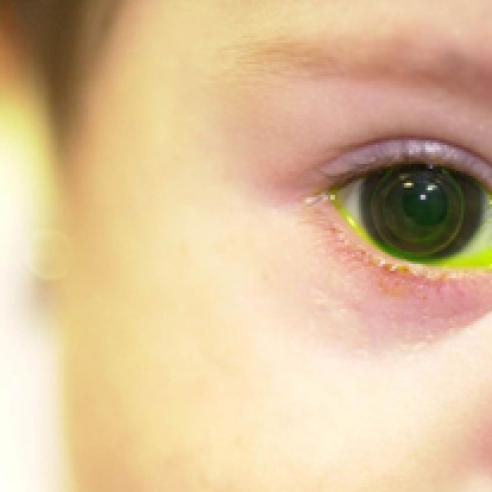
For adults and children who undergo cataract surgery, implantation of an artificial lens is the standard of care. But a clinical trial, funded jointly by RPB and the National Eye Institute, suggests that for most...
Research Finds Risk of Glaucoma Blindness Drops by Half

Compared to earlier generations, today's generation has a 50% reduced probability of losing sight to glaucoma 20 years after a diagnosis, according to research supported by RPB.Read the story.Read the...
Glaucoma may affect patients’ travel habits and health

For more on the impact of vision loss, read RPB's recent newsletter. RPB-supported research shows that patients with visual field loss from glaucoma travel less than those with normal vision,curtail...
Glaucoma Medication Delivered By Contact Lens
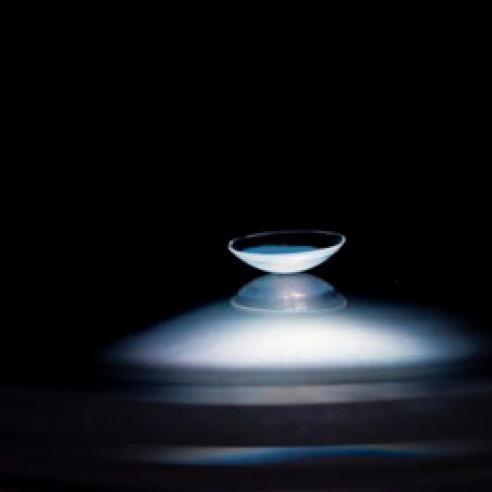
RPB-supported researchers have demonstrated that a new type of contact lens can deliver a therapeutic amount of a glaucoma drug every day for a month. The breakthrough, which has been pursued for decades, may...
Older Adults Experience More Vision Difficulties at Home
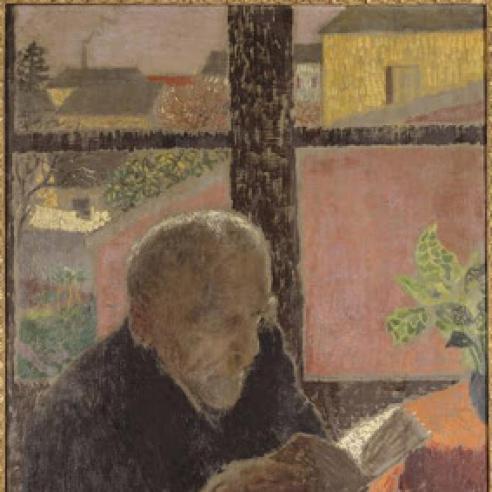
Adults have better vision in clinics rather than at home, due to poor home lighting, according to an RPB-supported study by Anjali M. Bhorade, M.D., MSCI, of the Washington University School of Medicine, St. Louis,...
Simple Urine Test Could Diagnose Retinitis Pigmentosa
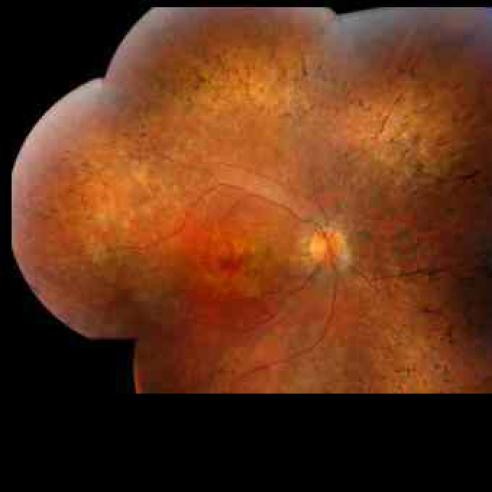
Research led by RPB-supported physician-scientists has produced a breakthrough discovery in diagnosing a blinding disease that affects about 1 in 4,000 people in the United States.Read the full story.
A Promising New Treatment for Macular Degeneration

RPB-supported researchers have published new findings indicating they are on the verge of developing a better treatment than the anti-VEGF injections currently used for macular degeneration. In studies, a class of...
RPB Awards Lab Grant to University of Florida

Research to Prevent Blindness (RPB) has awarded a prestigious, one-time laboratory grant of $600,000 to the Department of Ophthalmology at the University of Florida, College of Medicine. The newly created...
RPB Researcher Pursues Clues to Rare Eye Disease that Could Help Millions

RPB Career Development Awardee Vinit Mahajan, MD, PhD is studying members of an Iowa family who are facing varying stages of blindness related to a rare genetic disorder known as autosomal dominant neovascular...
Researchers Discover New Relationship Between Rods and Cones

Rods and cones, the major light receptor cells in the mammalian eye, are densely packed across the retina where they convert light into the image-forming signals that allow the brain to create vision. Rods...
RPB and OCT Research

In addition to Dr. Wang’s work, RPB has funded many important OCT-related research projects since 2004: Correlation of specific gene mutation in Stargardt’s disease with OCT-identified...
RPB Funding Yields Big Gains
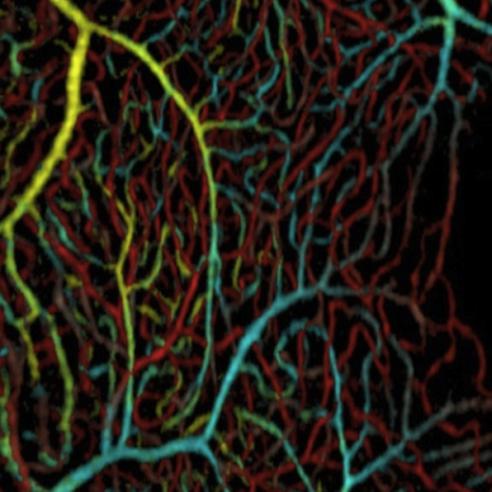
Crowds at the ARVO 2013 meeting of nearly 12,000 vision scientists and physicians from around the world heard and saw the hundreds of ways that funding from Research to Prevent Blindness (RPB) is yielding major...
Bionic Retina Soon Available In the U.S.
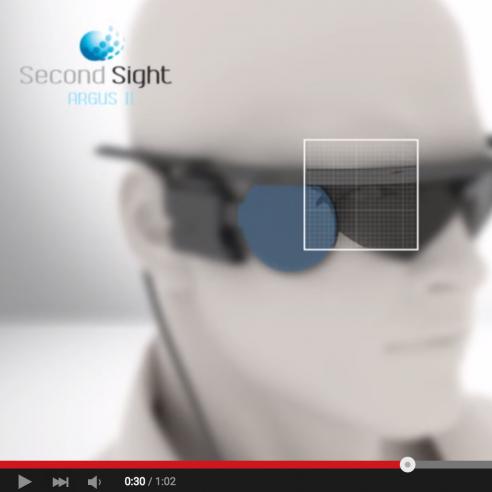
The first implantable device to treat advanced retinitis pigmentosa, the Argus II Retinal Prosthesis System, will be available at several clinical centers across the U.S. later this year. The system took more...
Coming Soon, A Blood Test to Predict When Dry AMD Becomes Wet?
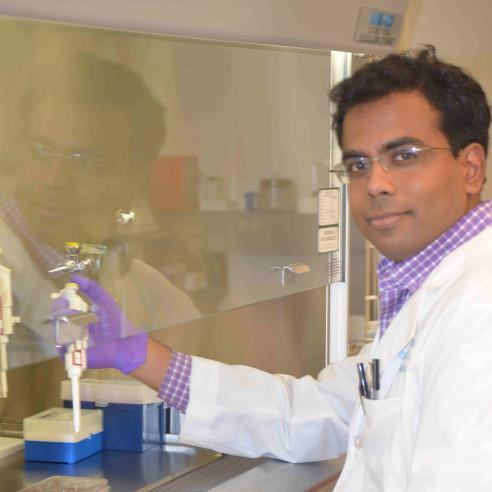
RPB-supported researchers have published a study that is the foundation for a promising new blood test to detect the earliest progression of macular degeneration to its more serious form, creating an opportunity for...
Research to Prevent Blindness, Inc. Names Brian Hofland as President

New York, NY, January 7, 2013 --Research to Prevent Blindness, Inc. (RPB) today named Brian F. Hofland, Ph.D. as the sixth president in its 52-year history. RPB is the leading nonprofit source of...
Test Identifies Eye Cancer Tumors Likely to Spread

RPB researchers have developed a genetic test that can accurately predict whether the most common form of eye cancer will spread to other parts of the body, particularly the liver. In 459 patients with ocular...
New Technique Yields Insights into Human Tissues

In another demonstration of the ripple effect created by a single, RPB-supported investigation, researchers, using a new microscopy technique focused on eye tissues damaged by scarring in diabetic patients, have...
RPB Study Urges Glaucoma Screening for Older African Americans

Routine screening of older African Americans for glaucoma -- a high-risk group -- would significantly reduce the incidence of blindness at relatively low cost, RPB researchers report in a recently published...
Gene Therapy for Inherited Blindness Takes Another Step Forward

Researchers further improved vision in three adult patients previously treated in one eye. After receiving the same treatment in their other eye, the patients became better able to see in dim light, and two were...
Potential New Treatment Target for Retinoblastoma

RPB researchers have identified the mechanism that causes a rare and aggressive cancer that can be fatal if diagnosed at an advanced stage. What's more, experimental drugs already in clinical trials for...
RPB Chair, David F. Weeks, Steps Down After 50 Years

Diane S. Swift to become Chair at Research to Prevent BlindnessDavid F. Weeks stepped down as Chairman and CEO of Research to Prevent Blindness (RPB) at the end of 2011, after having served the organization for 50...
Revolutionary Scanner Detects "Lazy Eye" in Children With High Degree of Accuracy
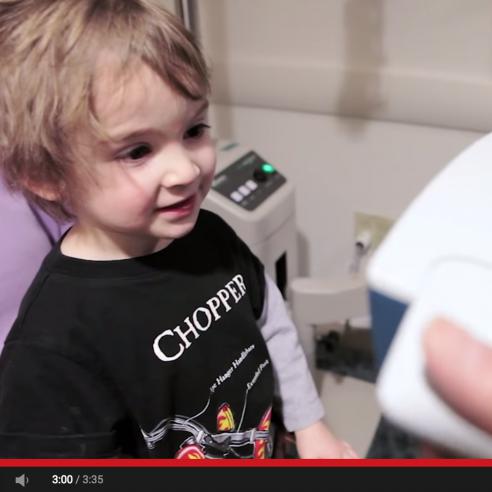
RPB researchers have developed and tested a simple, seconds-long screening exam with a handheld scanning device to enable pediatricians to identify amblyopia, the leading cause of vision loss in childhood, in...
New Hope In Fight Against AMD

A gene therapy approach using a protein called CD59, or protectin, shows promise in slowing the signs of age-related macular degeneration (AMD), according to a new in vivo study by RPB-supported researchers at...
Dry AMD Breakthrough
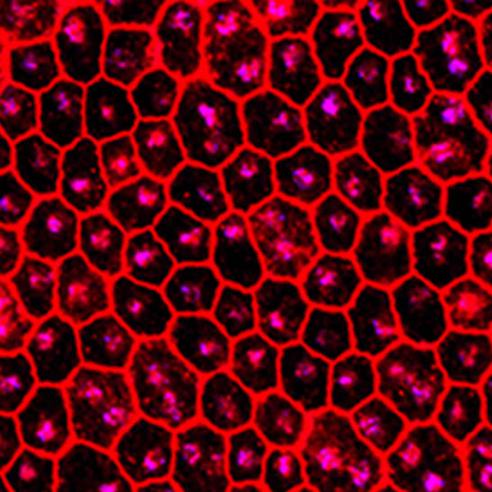
Researchers, led by RPB-supported Dr. Jayakrishna Ambati, have discovered a molecular mechanism implicated in geographic atrophy, the major cause of untreatable blindness in the industrialized world. They have also...
Breakthrough Gene Therapy Prevents Retinal Degeneration
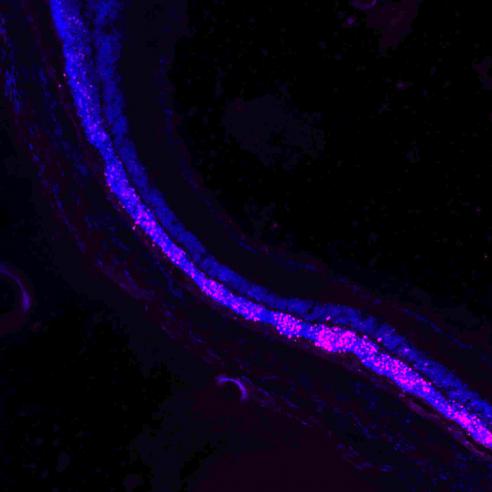
RPB-supported researchers at Tufts University School of Medicine and the Sackler School of Graduate Biomedical Sciences at Tufts have demonstrated that non-viral gene therapy, delivered by nanoparticles, can delay...
Resveratrol May Prevent Some Blinding Diseases

Resveratrol — found in red wine, grapes, blueberries, peanuts and other plants — stops out-of-control blood vessel growth in the eye, according to vision researchers at Washington University School of Medicine...
Healthy Diet May Reduce Cataracts in Women

Women who eat foods rich in a variety of vitamins and minerals appear to have a lower risk of developing cataracts, according to a large population study.Read the press release.Read the article.Read the abstract.
50 Years of Research to Prevent Blindness
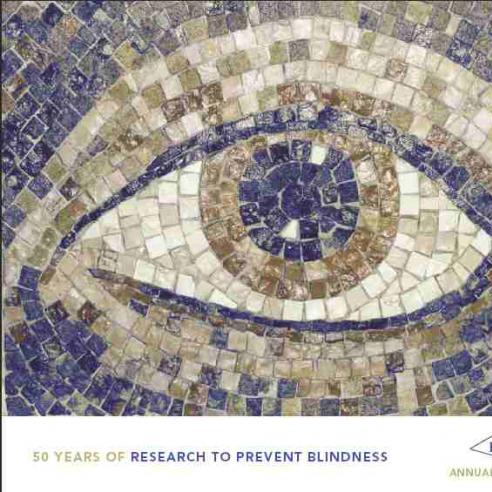
Since it was founded in 1960, RPB has been a catalyst in vision research, responsible for spawning a vibrant community of eye research institutions, for initiating the movement that led to the creation of the...
First Signs of Glaucoma Appear In The Brain, Not The Eyes
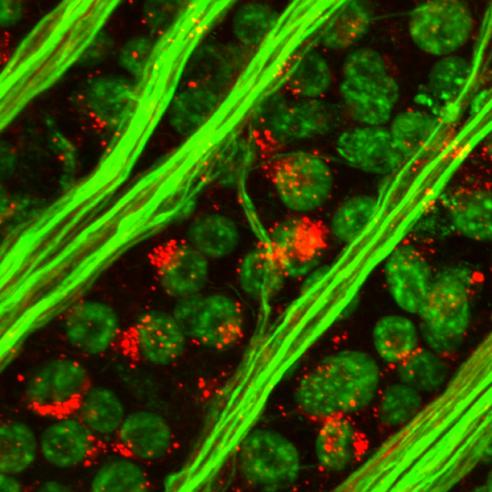
Many glaucoma patients experience vision loss despite efforts to manage ocular pressure. Now, researchers are a step closer to understanding why...and treating it. The findings represent a paradigm shift in...
New Tool for Gene Delivery
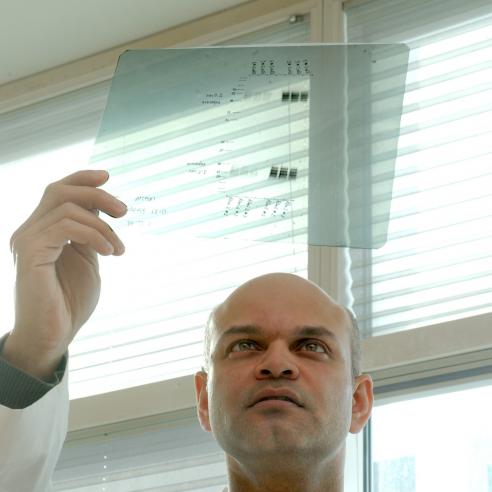
RPB-supported researchers have developed a new tool for gene therapy that significantly increases gene delivery to cells in the retina compared to other carriers, without using a virus, the most common means of DNA...
Smoking Past Age 80 Worsens AMD Risk, Also Linked to Uveitis

Smokers 80 and older who don't quit will face an ever-rising risk of macular degeneration beyond that associated with age, RPB researchers said. The study's findings were also consistent with previous...
New Retinal Disease Discovered

RPB-supported researchers have found a new, rare inherited retinal disease. The investigators hope that finding the genetic cause will increase understanding of more common retinal diseases. The macula,...
Curing Color Blindness
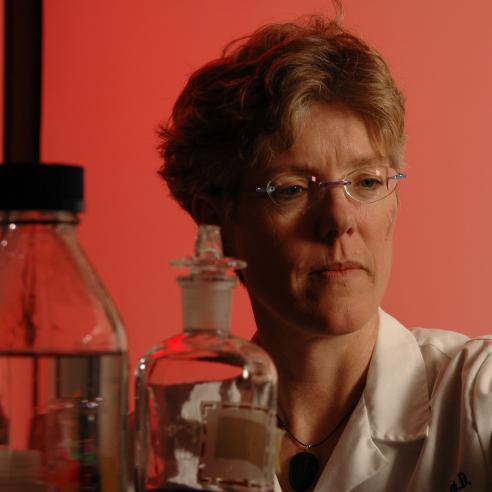
Research teams at three RPB-supported institutions have collaborated in curing color blindness with gene therapy, the second successful application of gene therapy in treating an eye disorder. RPB also supported the...
Major Breakthrough in Early Detection and Prevention of AMD
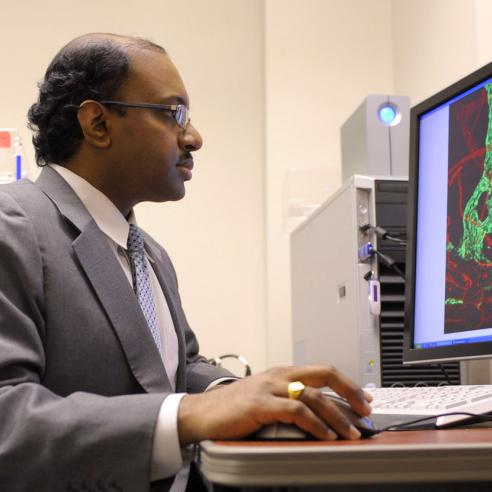
RPB-supported researchers have discovered a biological marker for wet age-related macular degeneration (AMD) that shows strong potential as a means for both early detection and preventive treatment."This is a...
Stem Cell Therapy Makes Cloudy Corneas Clear
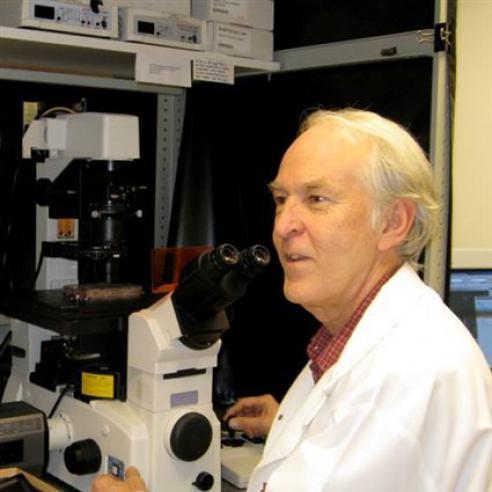
Stem cells collected from human corneas restore transparency and don't trigger a rejection response when injected into eyes that are scarred and hazy, according to experiments conducted by researchers at the...
Learning to See Again After Stroke

By doing a set of vigorous visual exercises on a computer every day for several months, patients who had gone partially blind as a result of a stroke regained some vision. Some could drive again. "This is...
Novel Pathway Helps Eyes Quickly Adapt to Darkness
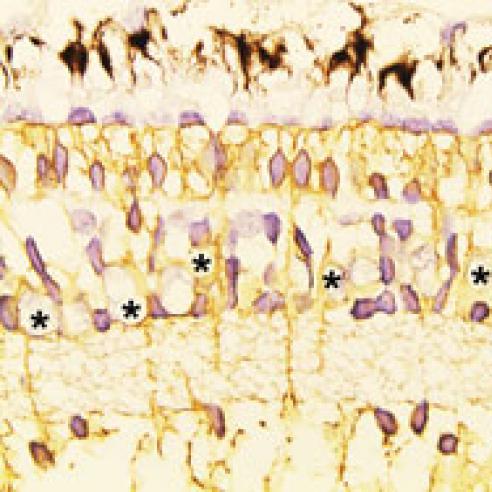
Scientists haveuncovered a previously unknown pathway in the retina that allowsphotoreceptor cells to adapt following changes in light exposure. The discoverycould help scientists better understand diseases...
“Smart” Contacts May Someday Test for and Treat Glaucoma

Scientists have designed and tested a pressure-sensing contact lens that will, in the future, allow glaucoma patients to monitor their eye pressure at home, providing more detailed and continuous information in...
New View Inside the Eye Helps Prevent Glaucoma

A unique, new, non-invasive imaging device allows eye doctors to see areas inside the eye that previously were impossible to view, and to detect narrow angle glaucoma before it can cause sudden, painful loss of...
Eye Divergence in Children Linked to Risk of Mental Illness
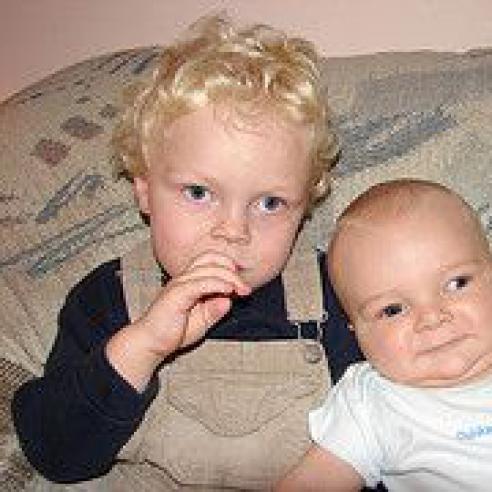
Children whose eyes are misaligned and point outward are at significantly increased risk of developing mental illness by early adulthood, according to findings of an RPB-supported, Mayo Clinic study published in...
Stem Cells Generate New Retinal Cells Necessary for Vision
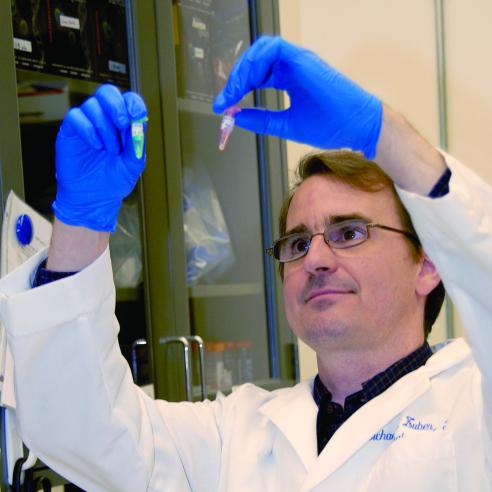
Pluripotent stem cells — those, like embryonic stem cells, that give rise to almost every type of cell in the body — can be converted into the different classes of retinal cells necessary for vision, according...
Thyroid Problems May Increase Glaucoma Risk
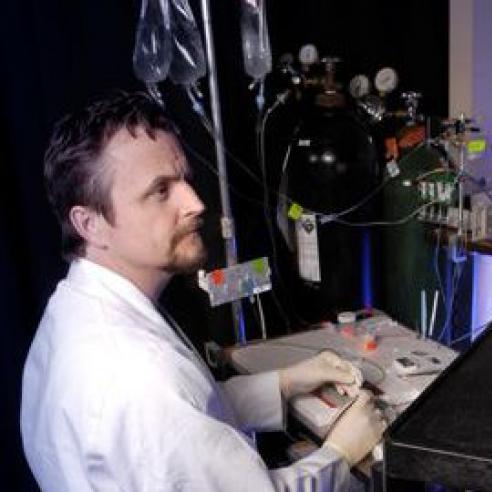
According to an RPB-supported study, people who have had a thyroid condition at some point in their life are at an increased risk of developing glaucoma. The link between glaucoma and thyroid disorders may be due to...
How Cells Die Determines Whether Immune System Mounts Response

An RPB vision researcher's finding could have important implications in the treatment of autoimmune diseases and cancer. Read story.Thomas A. Ferguson, Ph.D., Washington University School of Medicine,...
New Vision Screening Device Provides Early Warning of Diabetic Eye Disease
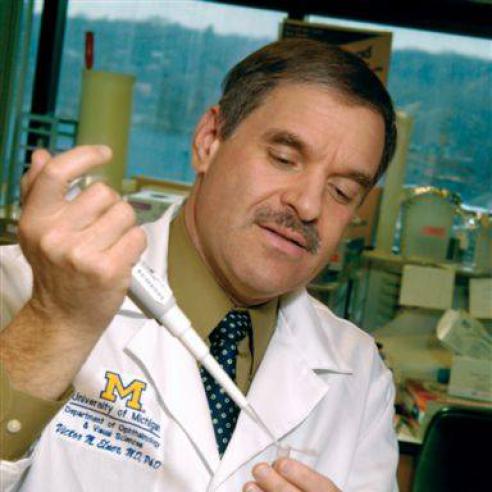
RPB-supported research yields test that could give doctors and patients a head start on treating diabetes and...
Gene Therapy Proven Effective for Patients with Inherited Retinal Disease
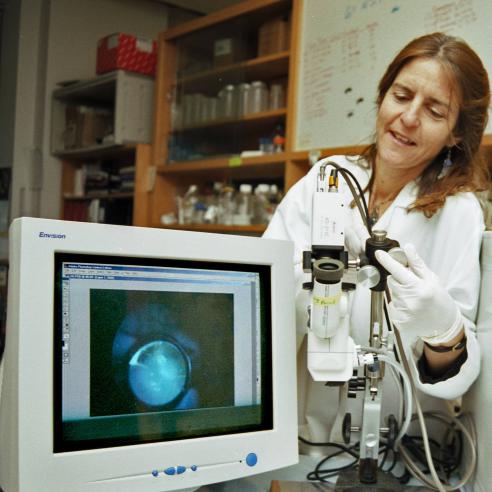
Researchers have used gene therapy to safely restore vision in three young adults with a form of retinitis pigmentosa known as Leber's congenital amaurosis (LCA), an inherited retinal disorder that reduces...
RPB-Supported Scientist Revolutionizes Gene Research
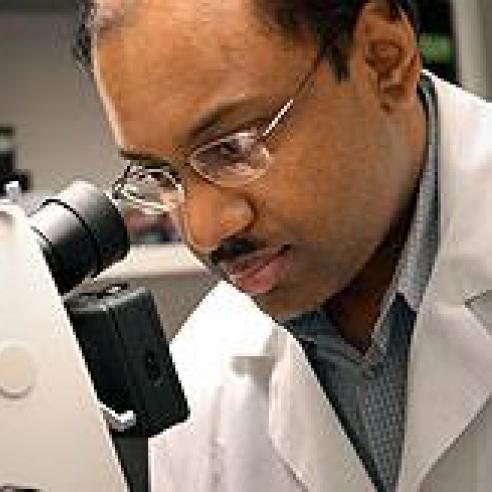
A dramatic new study, supported by Research to Prevent Blindness, questions some of the mechanisms underlying a new class of drugs based on Nobel Prize-winning work designed to fight diseases ranging from...
Discovery Opens Path for Drugs to Treat, Prevent Devastating Eye Diseases

SALT LAKE CITY –Two major eye diseases and leading causes of blindness—age-related macular degeneration and diabetic retinopathy—can be reversed or even prevented by drugs that activate a protein found in...
Macular Degeneration, Diabetic Retinopathy Reversed

Two leading causes of blindness can be reversed or even prevented by drugs that activate a protein found in blood vessel cells. The discovery is an example of basic science research yielding a discovery with direct...
New Hope for Regenerating the Human Retina

In a radical breakthrough, RPB scientists have demonstrated the possibility of chemically signaling the eye's own resources to regenerate retina cells, without transplanting retinal tissue or stem cells. ...
RPB Supports World Glaucoma Day 2009

As a major contributor to the comprehensive effort to treat, prevent and cure glaucoma, Research to Prevent Blindness is joining with institutions and organizations worldwide to...
RPB Supports Development of Device for Early Warning of Eye Disease

Ann Arbor, MI – Scientists at the University of Michigan have shown that their new metabolic imaging instrument can accurately detect eye disease at a very early stage. Such a device would be vision-saving...
RPB Supports Breakthrough Finding In Eye Development, Eye Cancer
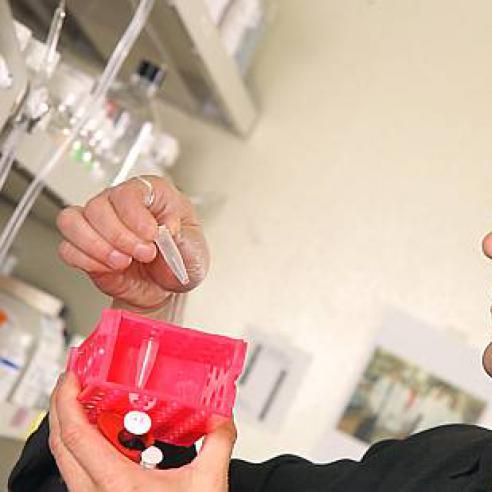
On the heels of identifying the specific type of cell that gives rise to retinoblastoma, RPB-funded researchers at St. Jude Children’s Research Hospital are solving a long-standing mystery about how the eyes...
RPB Gave $10.24 Million In Grants In 2008
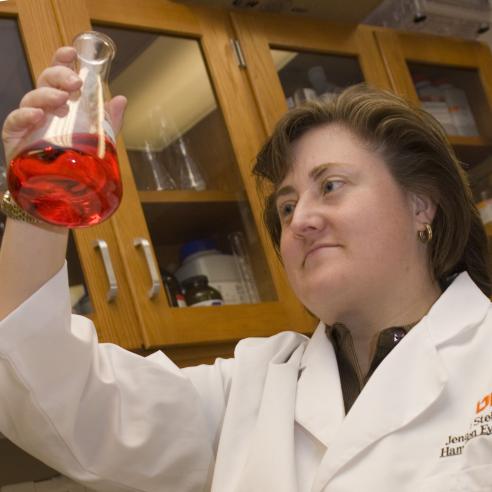
New York, NY, December 19, 2008 -- Research to Prevent Blindness (RPB), the leading voluntary health organization supporting eye research, awarded 100 grants totaling $10.24 million in 2008. Departments of...
Getting Around With Visual Impairment

People who could benefit from rehabilitation[Note: this is an older, but still potentially useful, article from the RPB archives.] Kathleen A. Turano, Ph.D. Associate Professor Wilmer Eye Institute, Lions...
Gender and Dry Eye

[Note: this is an older, but still potentially useful, article from the RPB archives.] David A. Sullivan, Ph.D. Associate Professor of Ophthalmology Schepens Eye Research Institute Harvard Medical School...
Diet and Ocular Disease

[Note: this is an older, but still potentially useful, article from the RPB archives.] Julie A. Mares-Perlman, Ph.D. University of Wisconsin-Madison Medical School Madison, Wisconsin SUMMARY Studies in the Beaver...
Crossed Eyes

[Note: this is an older, but still potentially useful, article from the RPB archives.] Eugene R. Folk, MD, Professor The eyes should work together as a team. When one eye is deviated (turned too far in one...
AMD: Retraining the Eye

[Note: this is an older, but still potentially useful, article from the RPB archives.] Janet P. Szlyk, Ph.D. Associate Professor Department of Ophthalmology & Visual Sciences University of Illinois at Chicago...
How Research to Prevent Blindness Worked To Advance Ophthalmology
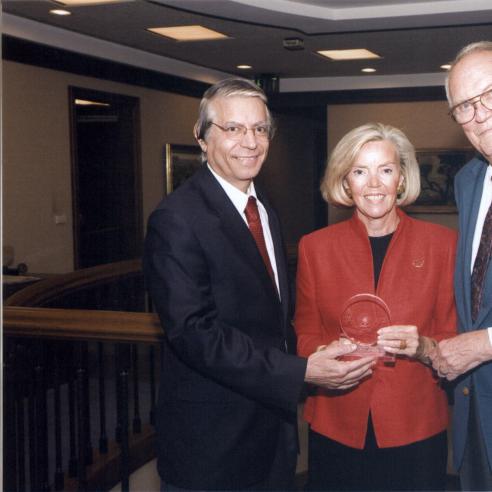
As recently as the 1960s, ophthalmology was a second-tier medical specialty in the United States. Most medical schools relegated eye care to the division of surgery. With little research money available, few basic...
Research Uncovers Insufficient Vision Care for Elderly In Nursing Homes

Authors of a series of recent reports are hoping they raise a red flag that will eventually help to improve the quality of life for many elderly people living in nursing homes. Not only does this population have...
Immune Cell Clues To Age-Related Macular Degeneration
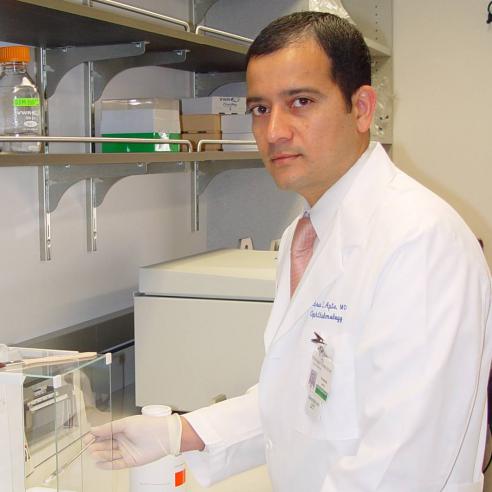
An RPB researcher has found that the age of immune cells, called macrophages, may be key in determining whether damaging blood vessels will form beneath the retina and contribute to vision loss in age-related...
RPB Researcher Identifies Eye Cancer Cell
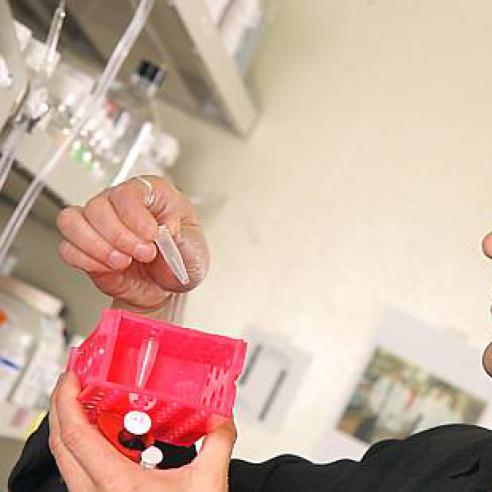
October 18, 2007--An RPB-supported researcher and a team of investigators at St. Jude Children's Research Hospital have identified the cell that gives rise to the eye cancer retinoblastoma, disproving a...
RPB Grants Surpass $9 Million In 2006

New York, NY, January 30, 2007 -- Research to Prevent Blindness (RPB), the world's leading voluntary health organization supporting eye research, awarded 90 grants totaling $9.12 million in 2006 for research...
RPB Awards $5 Million In Grants to Support Eye Research

New York, NY, July 16, 2007-- Research to Prevent Blindness (RPB), the world's leading voluntary health organization supporting eye research, has awarded 46 grants totaling $5,161,600 for research into the...
RPB Chairman David F. Weeks Receives ARVO Award

New York, NY, May 6, 2007--David F. Weeks, Chairman of the Board of Research to Prevent Blindness (RPB), was selected to receive the 2007 Kupfer Award for distinguished public service on behalf of eye and vision...
Artificial Cornea: New Option for the Treatment of Corneal Conditions

Over the years, research has led to developments that have improved the success of corneal transplantation, but there is still a group of people for whom traditional cornea transplants usually fail. That's...
Researcher Receives RPB Award for Innovative Technology

An innovative use of technology that shows promise in advancing knowledge of the causes of congenital degenerative diseases of the eye, such as retinitis pigmentosa, has earned SUNY Upstate Medical University...
Subscribe
Get our email updates filled with the latest news from our researchers about preventing vision loss, treating eye disease and even restoring sight. Unsubscribe at any time. Under our privacy policy, we'll never share your contact information with a third party.
| General Info | Grants | News & Resources |
